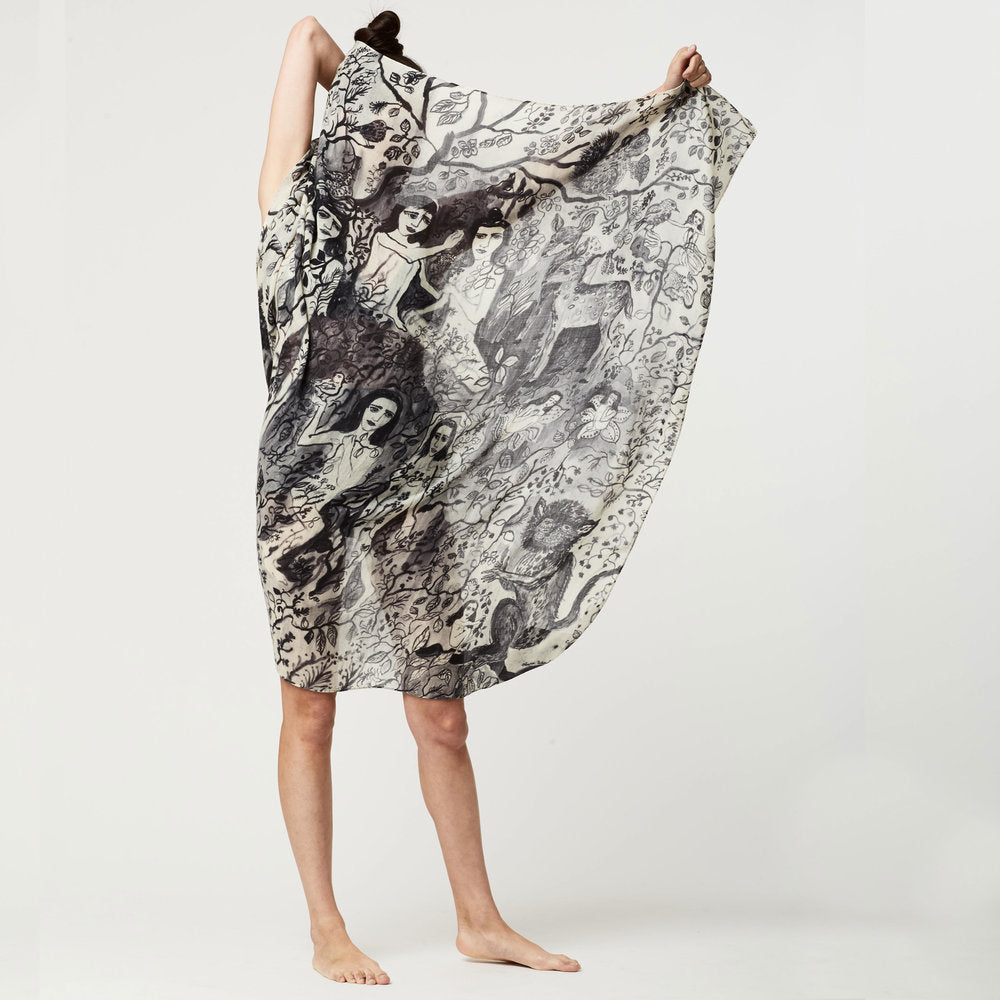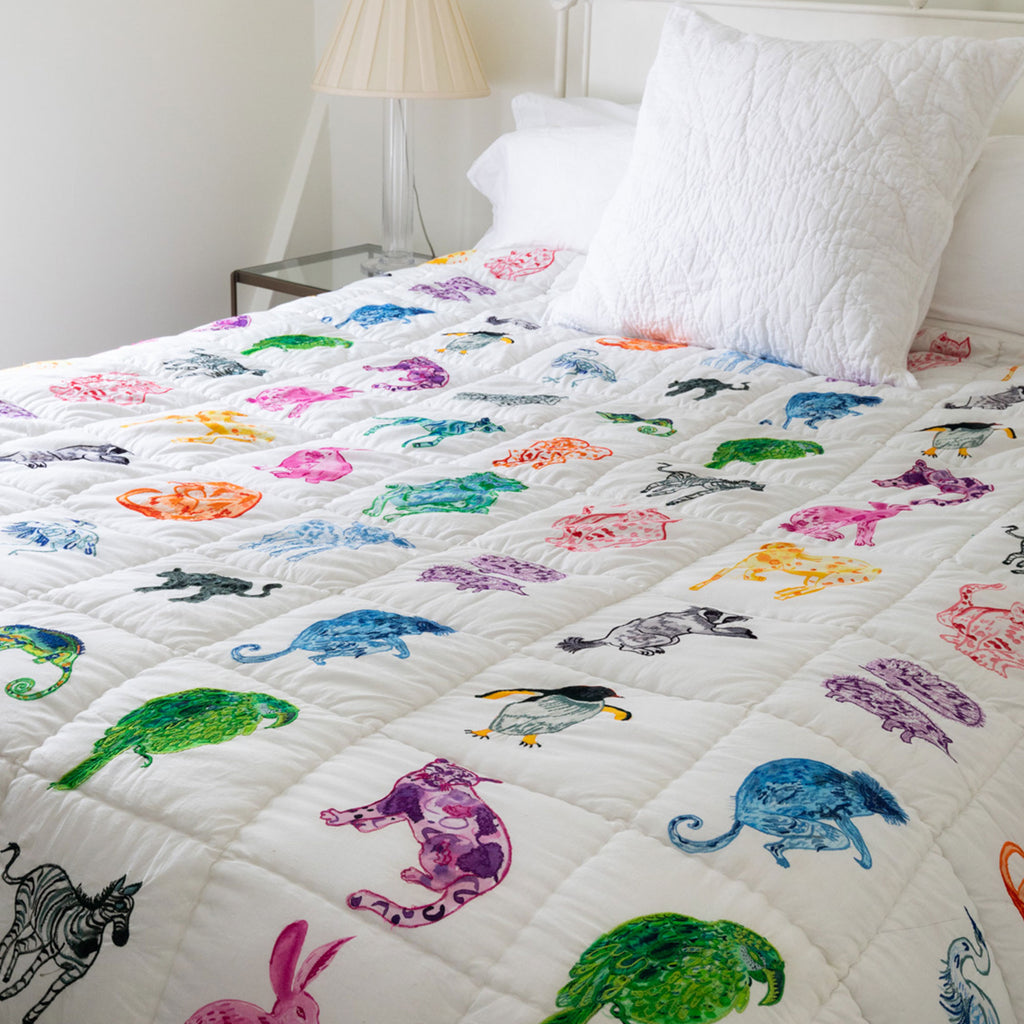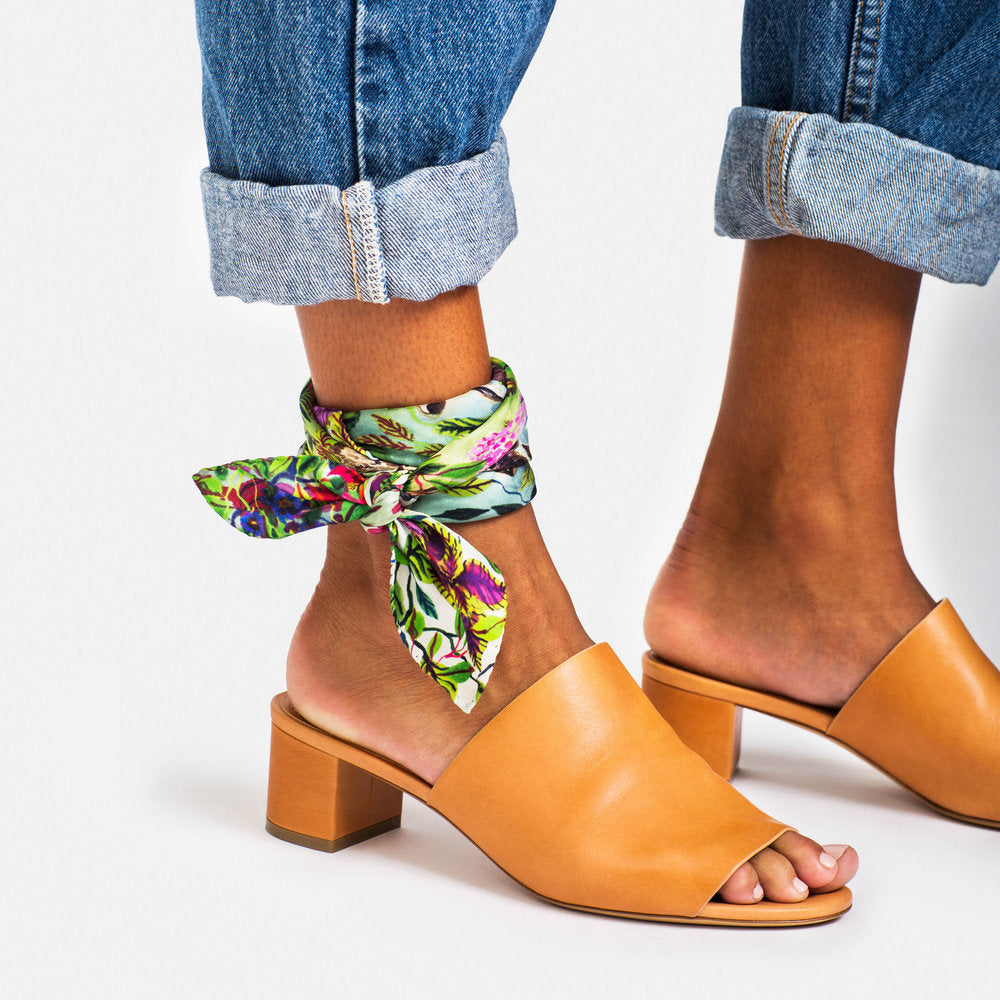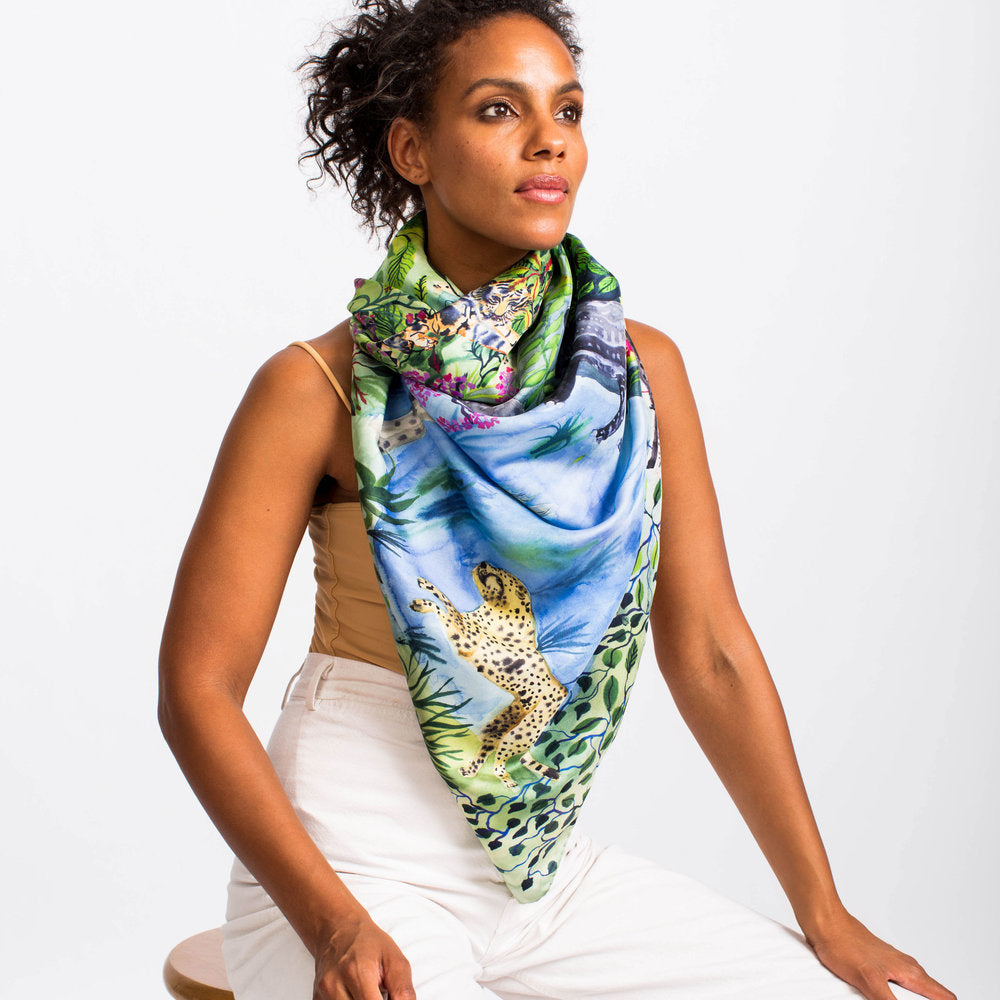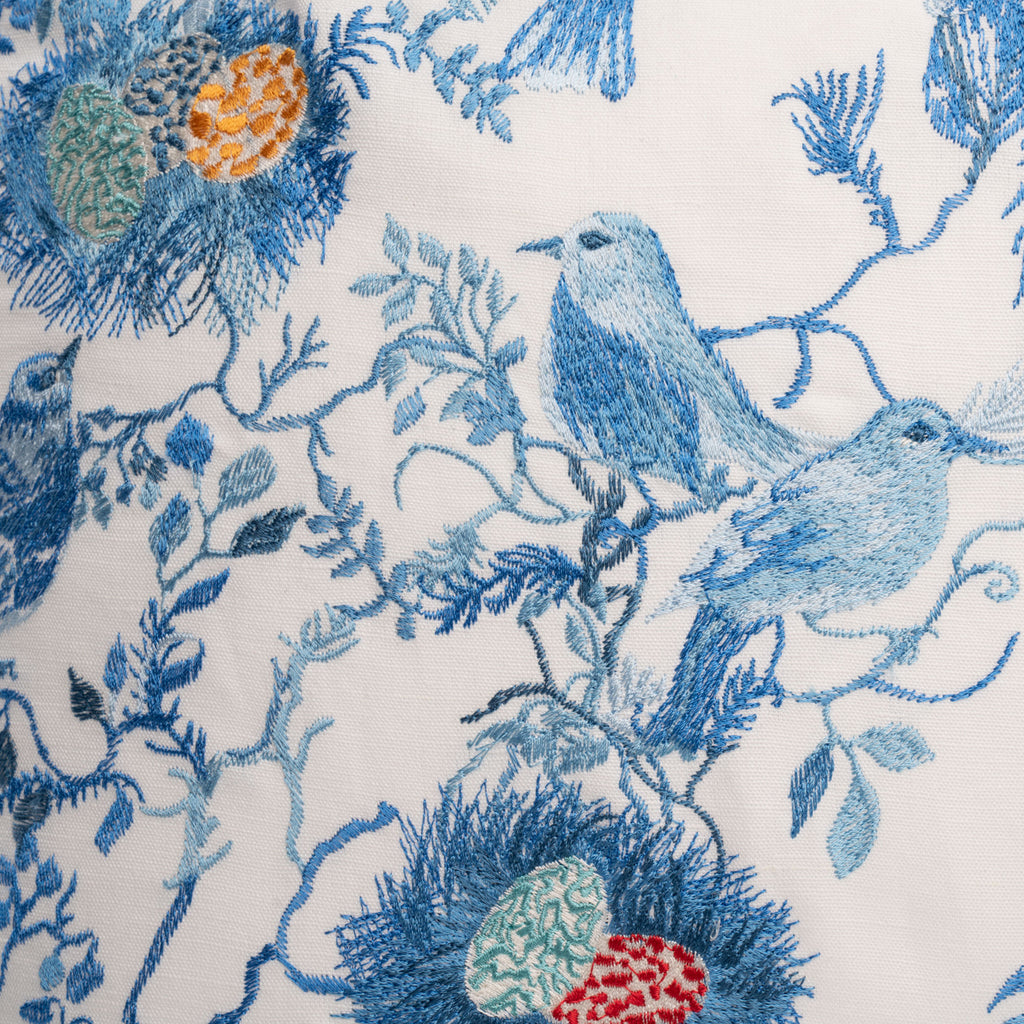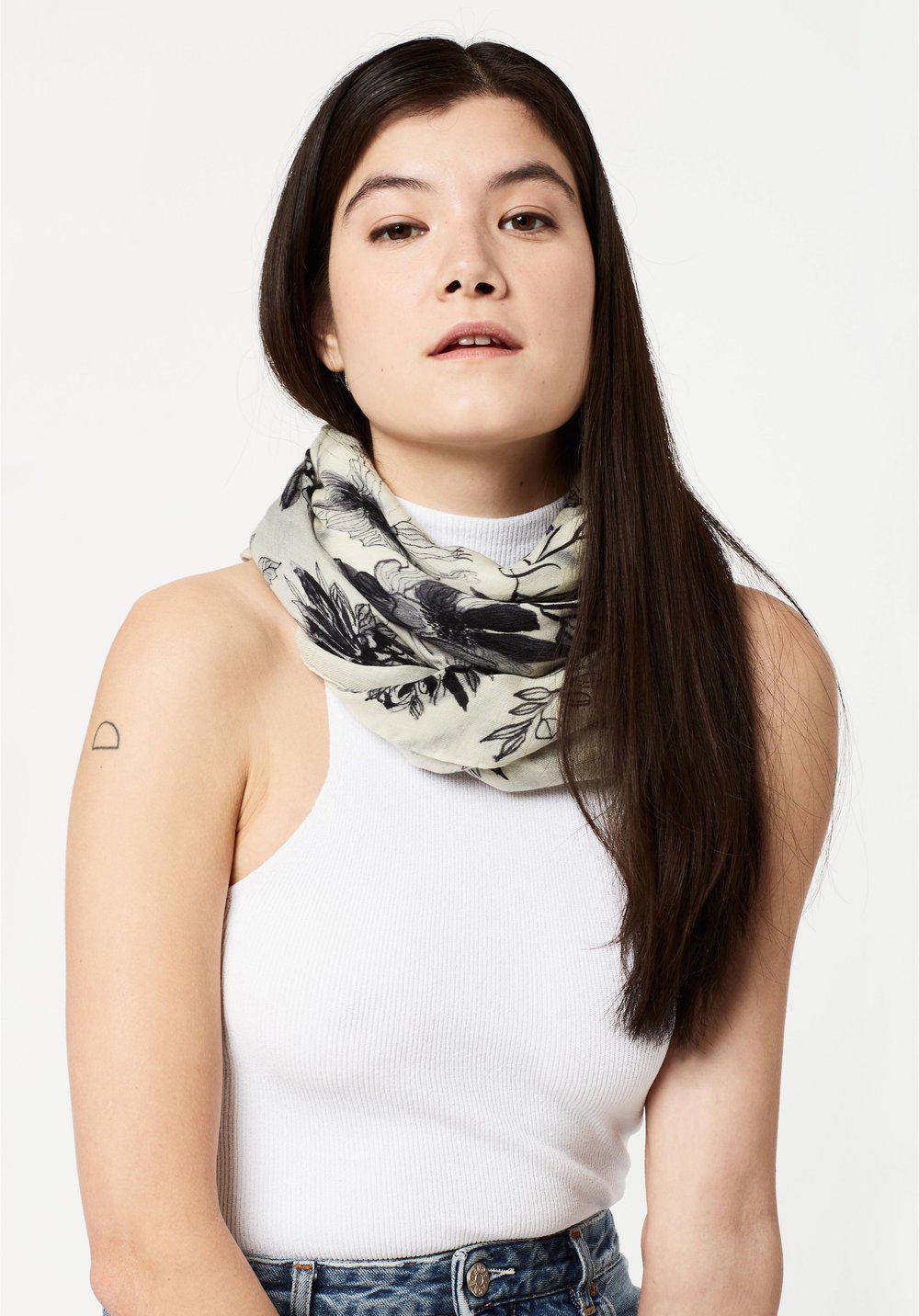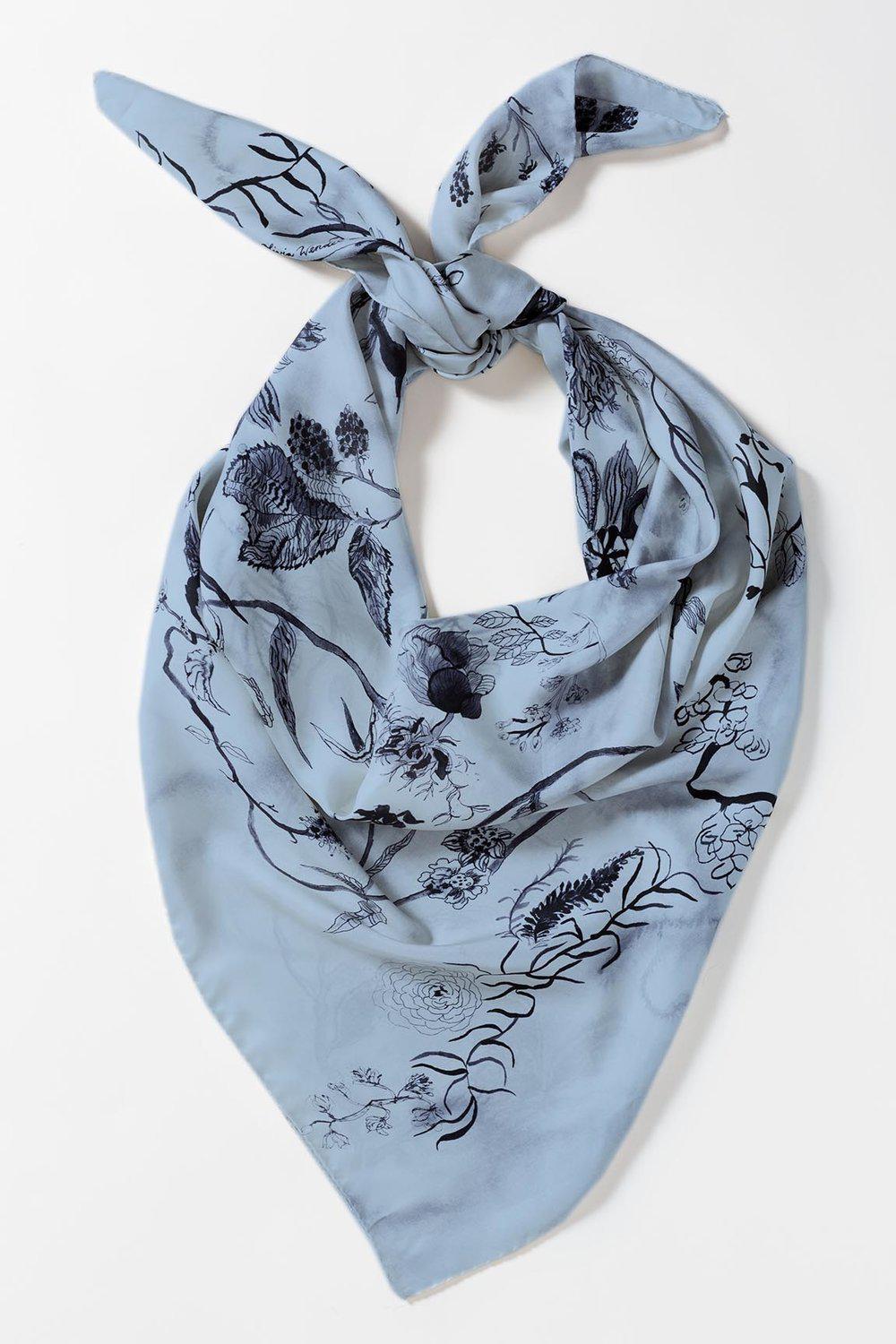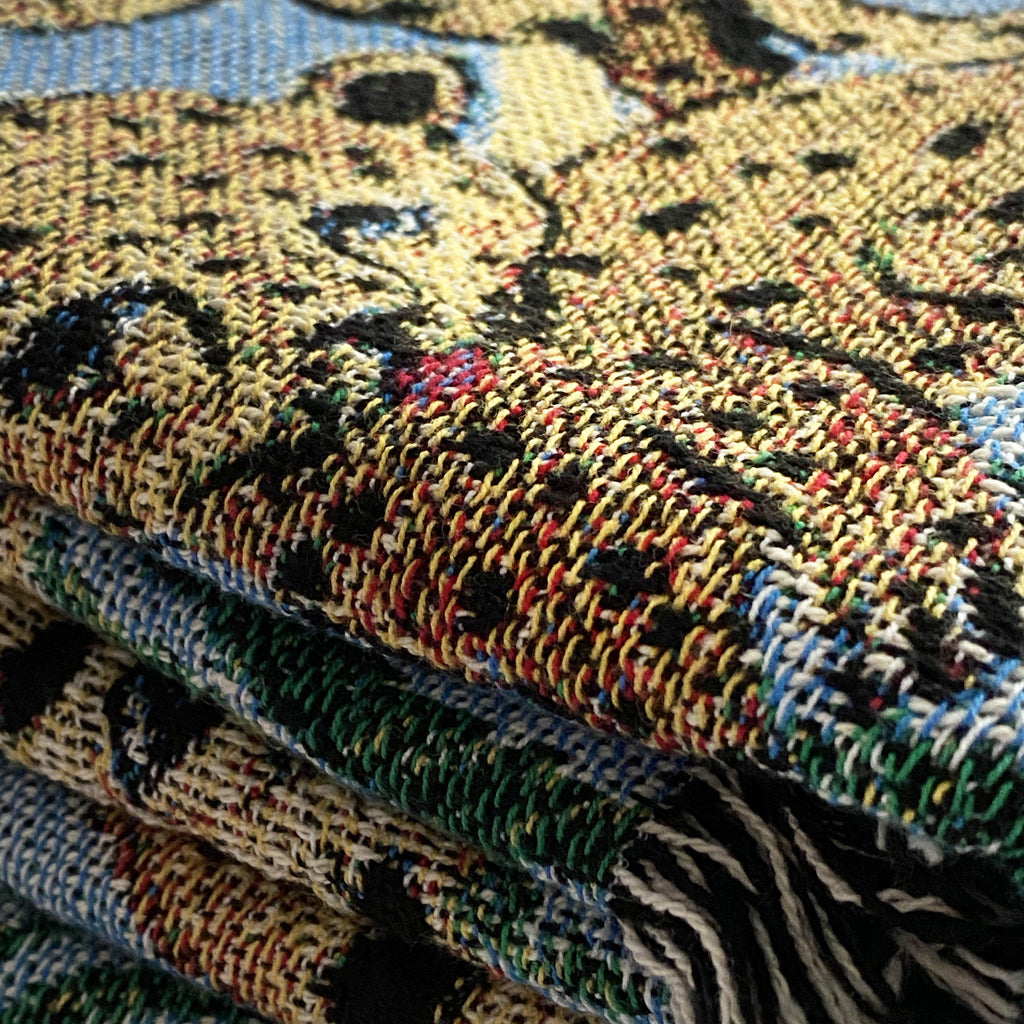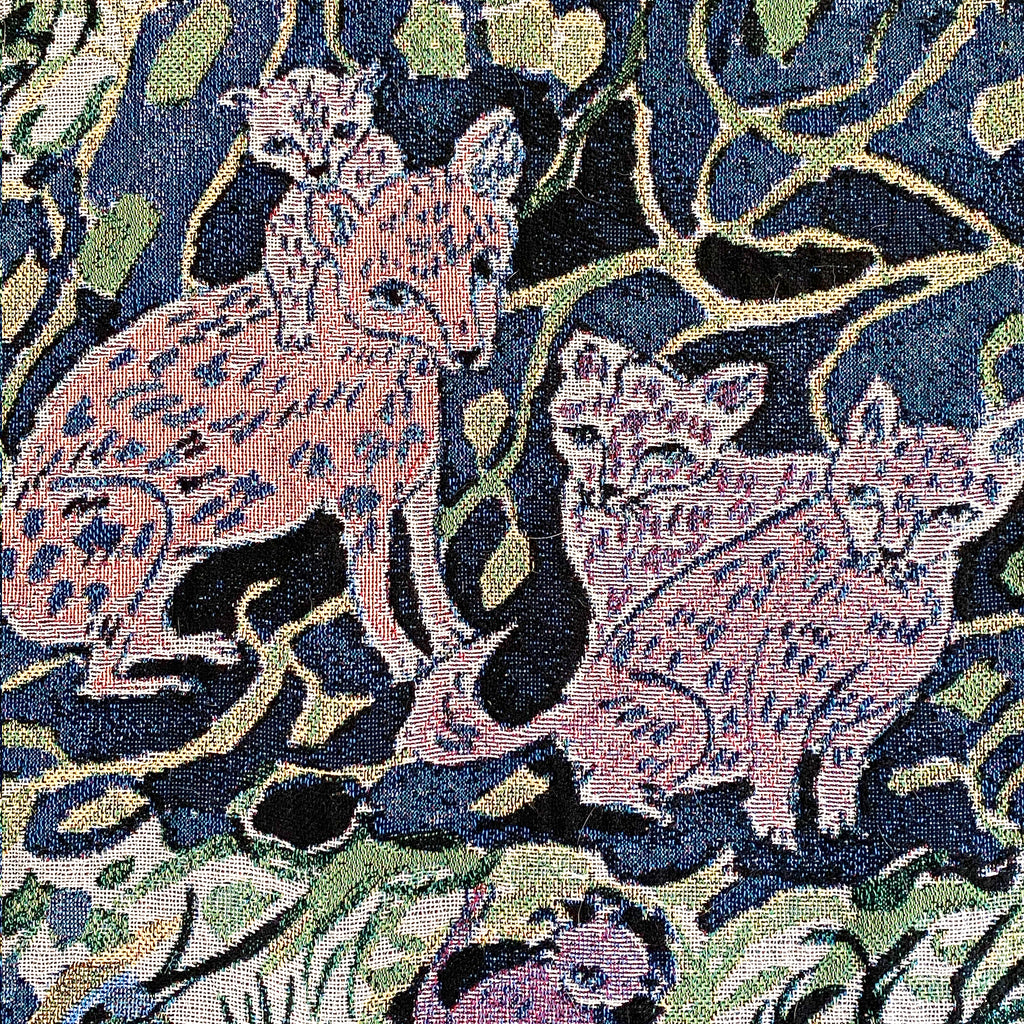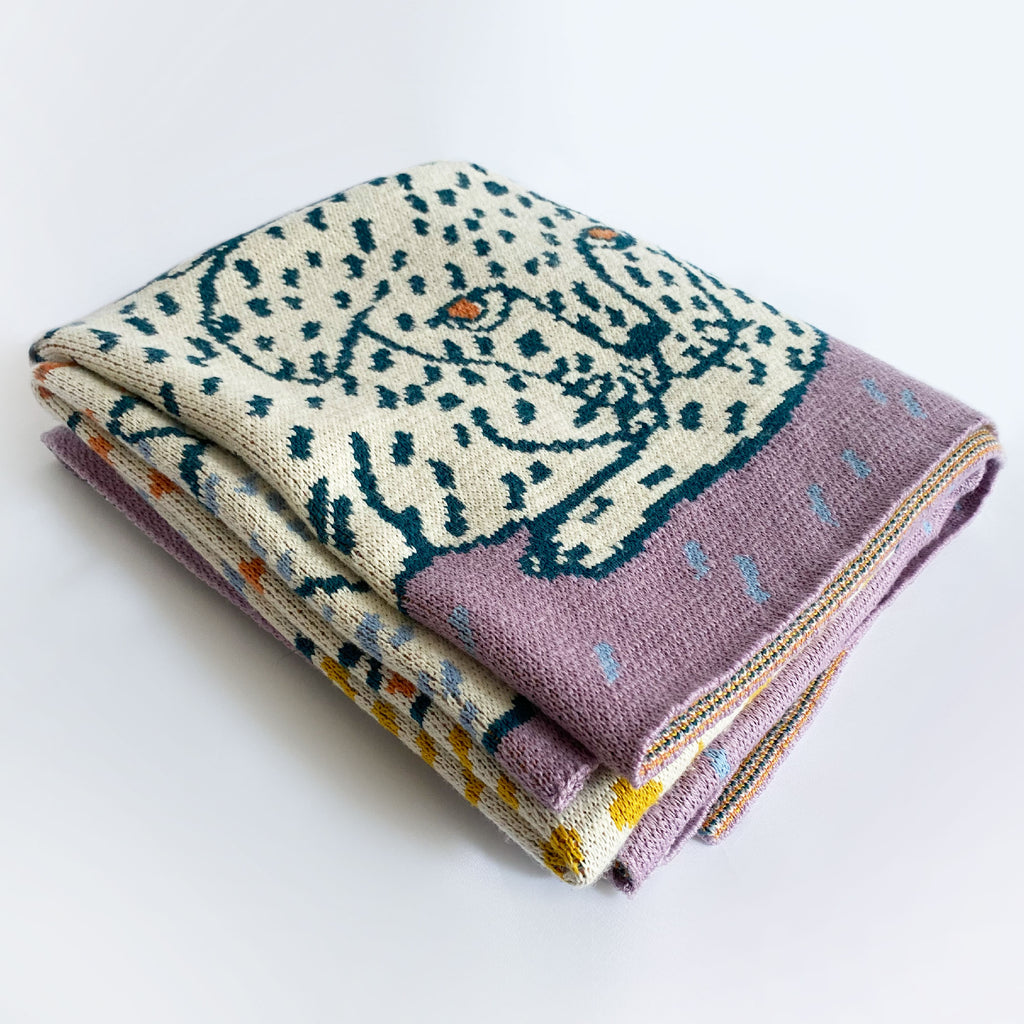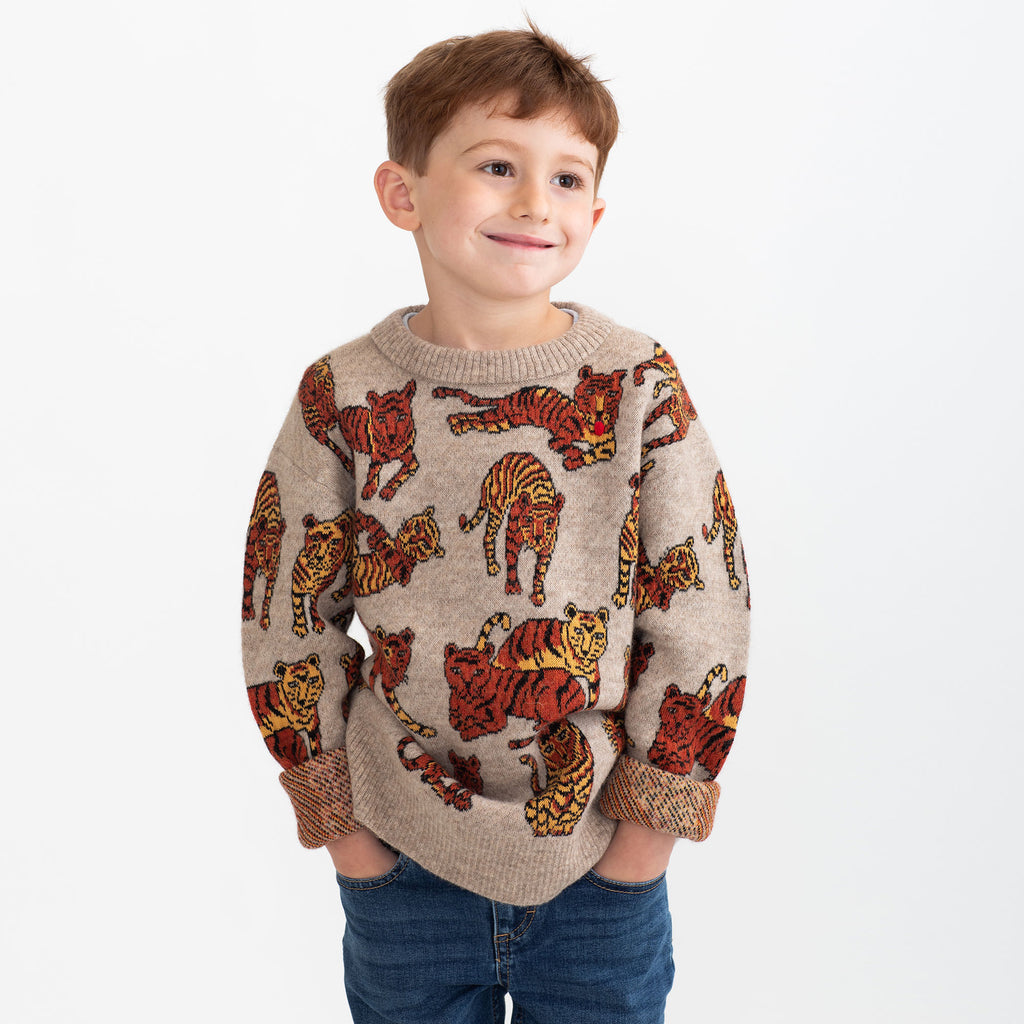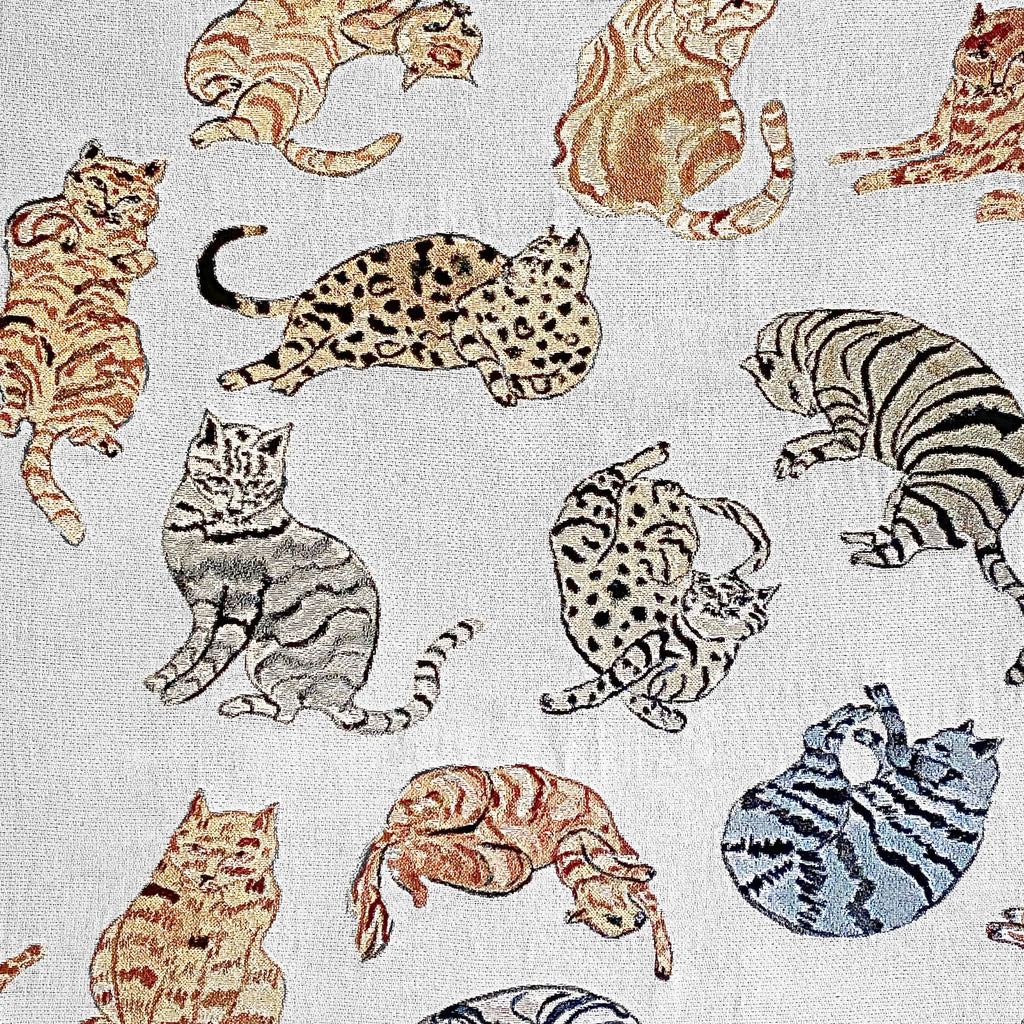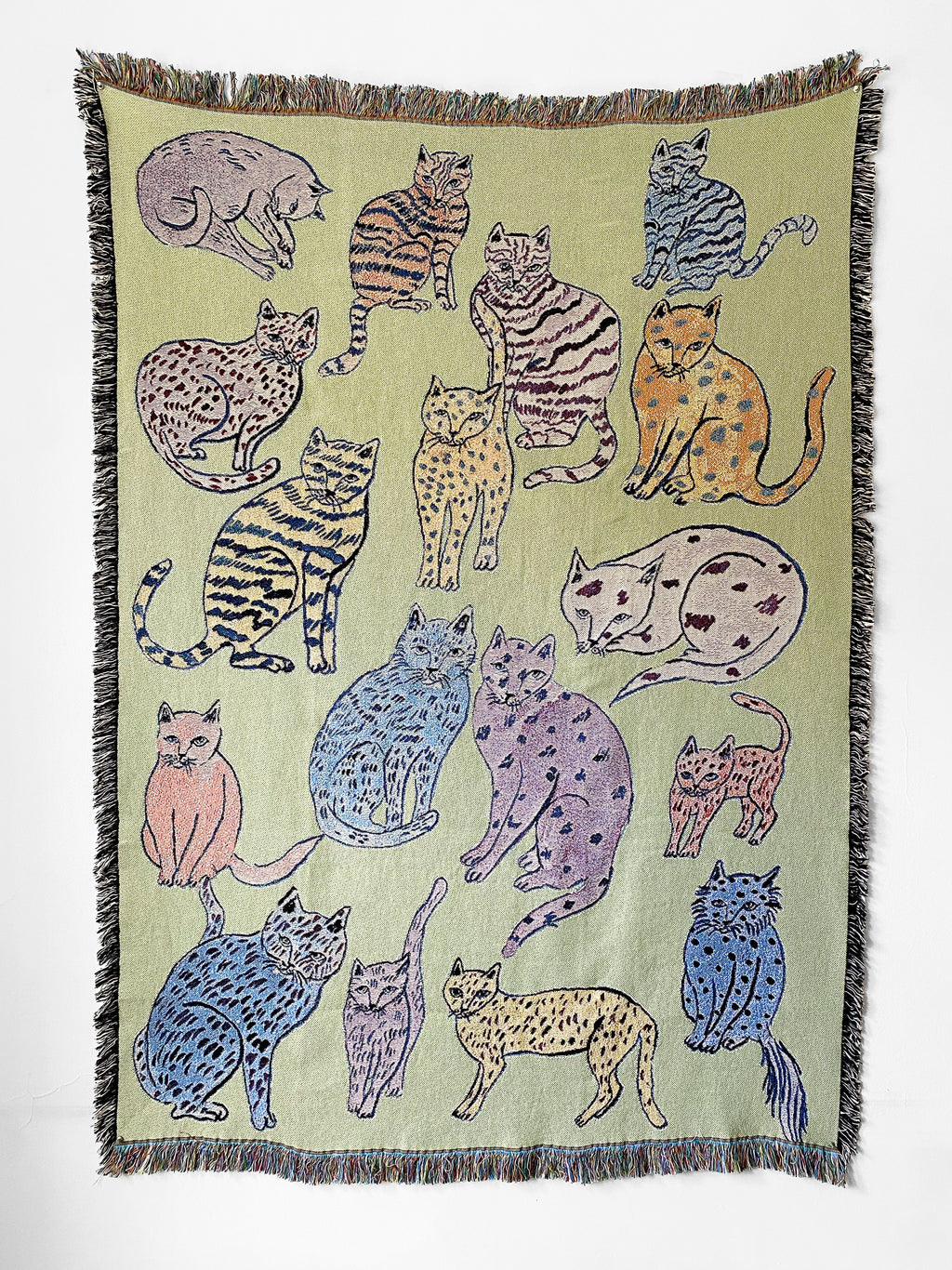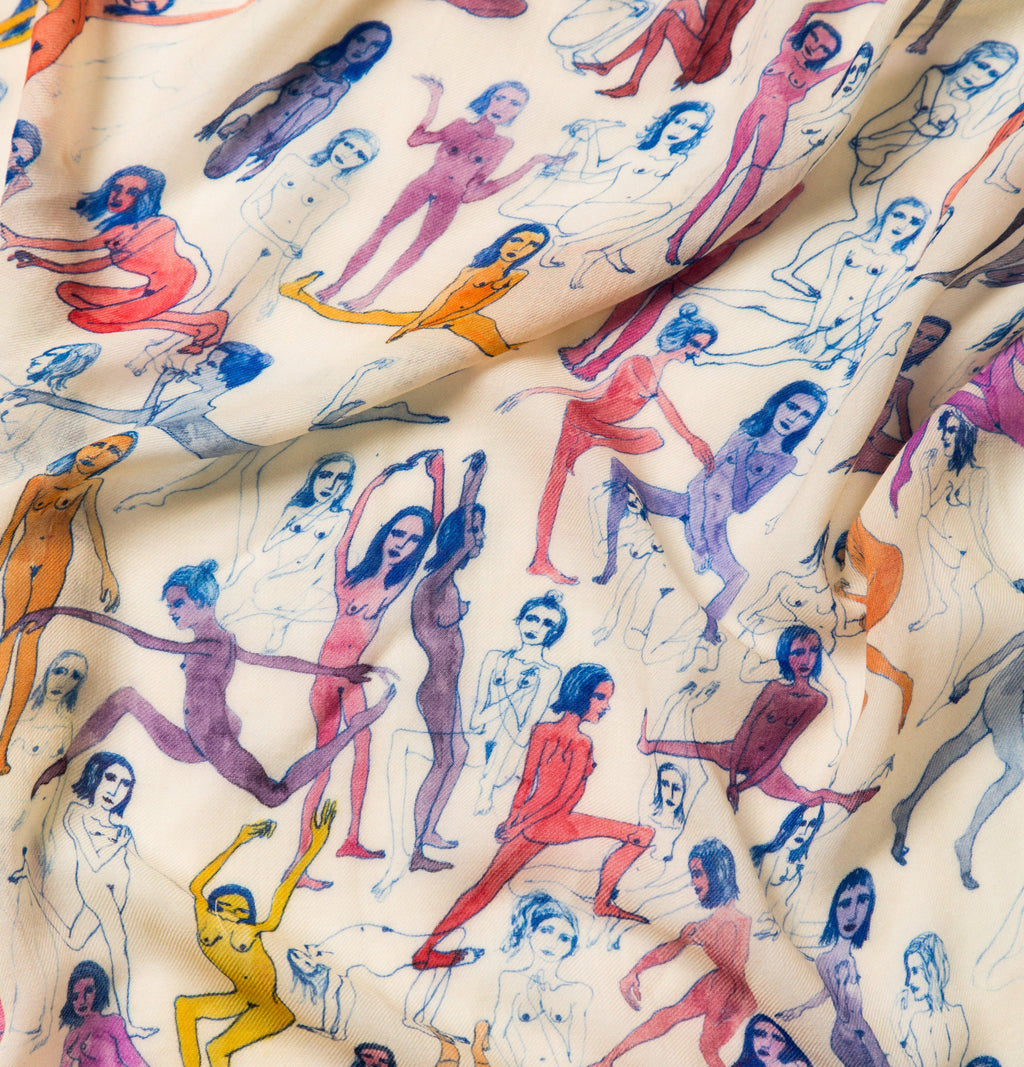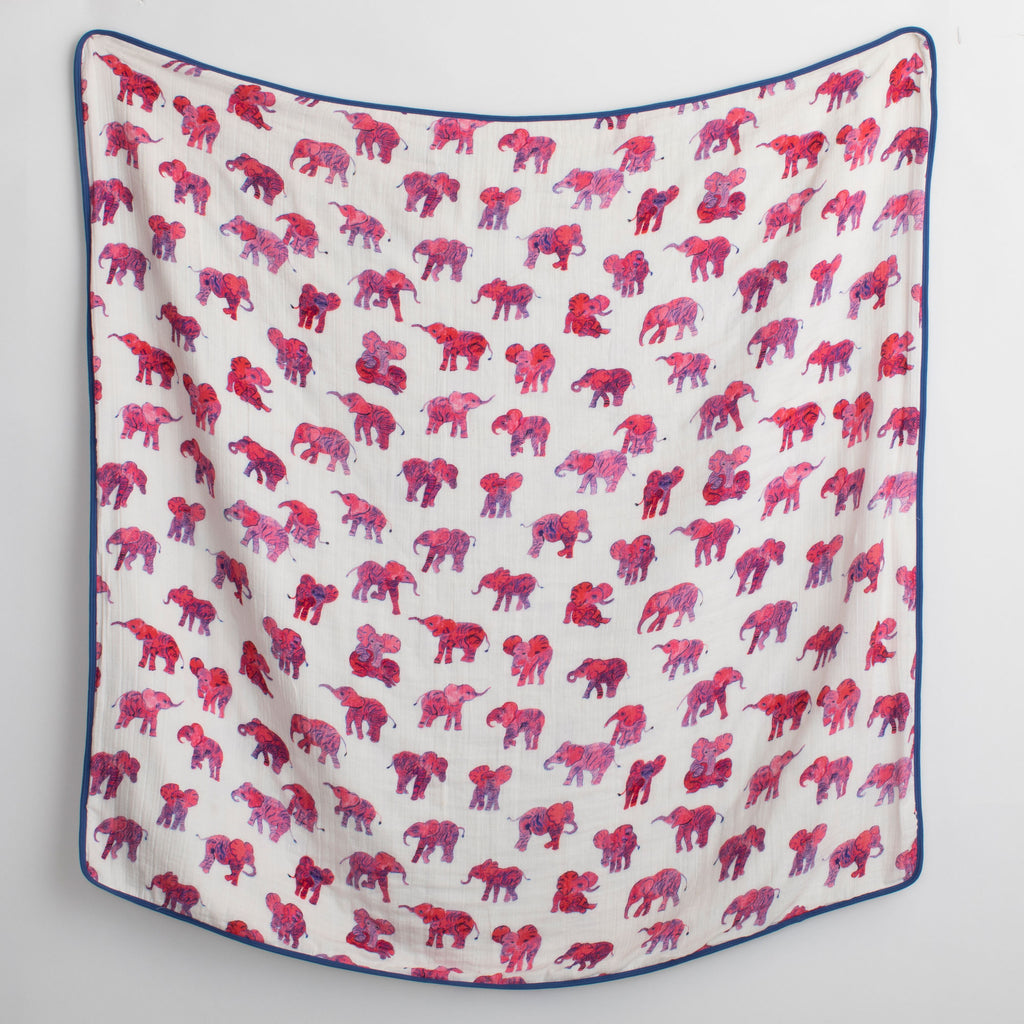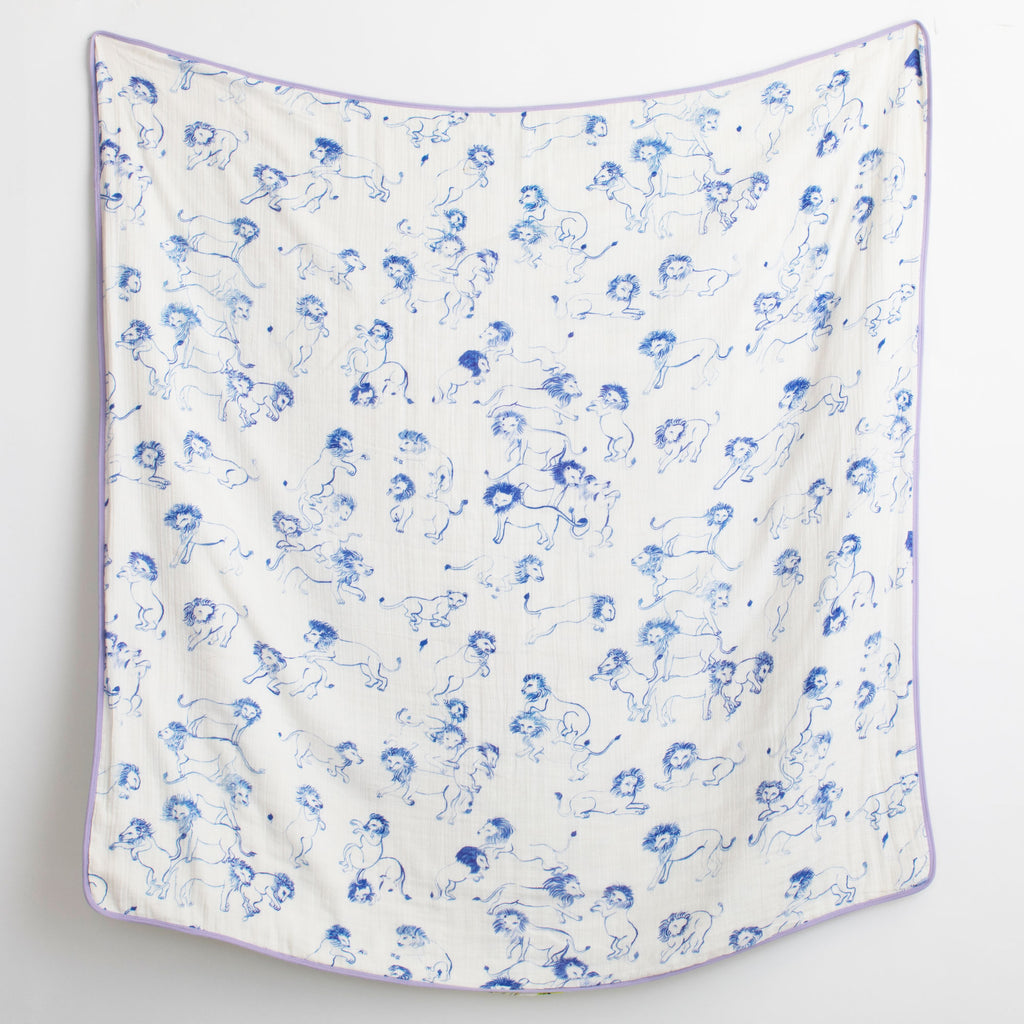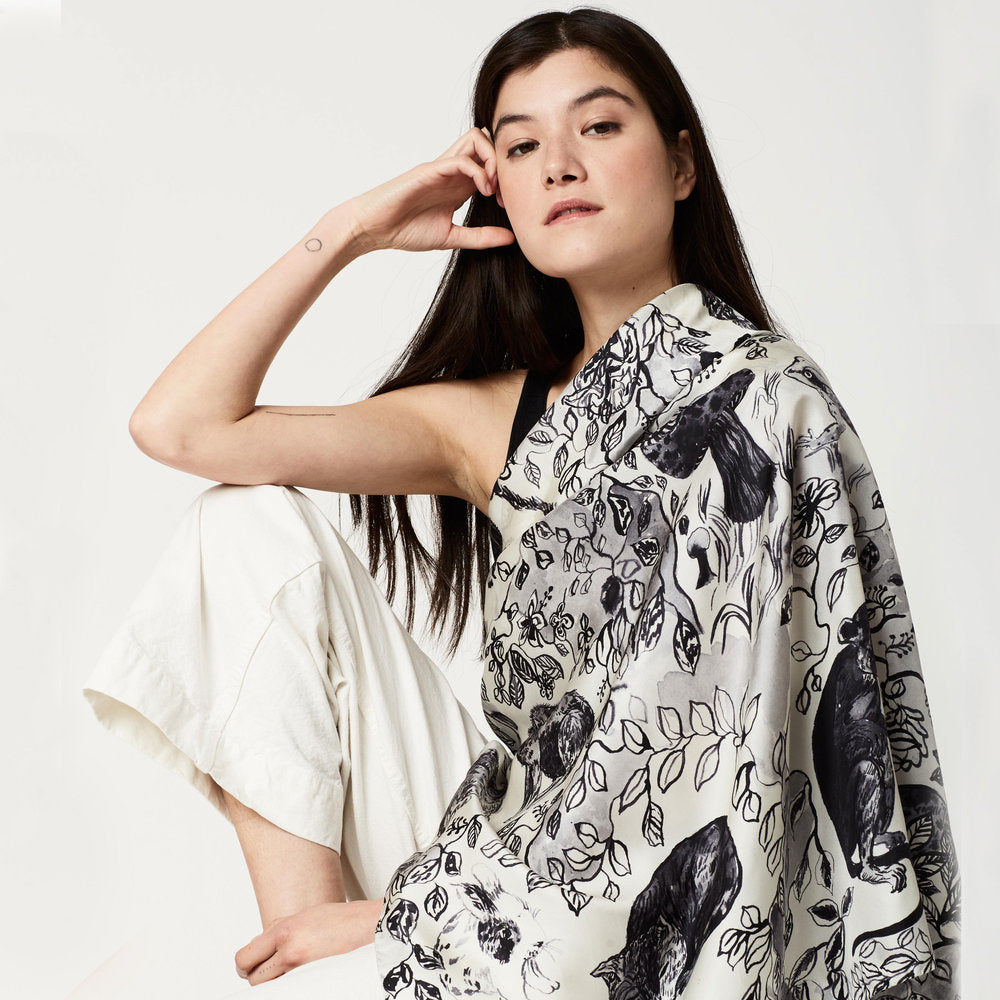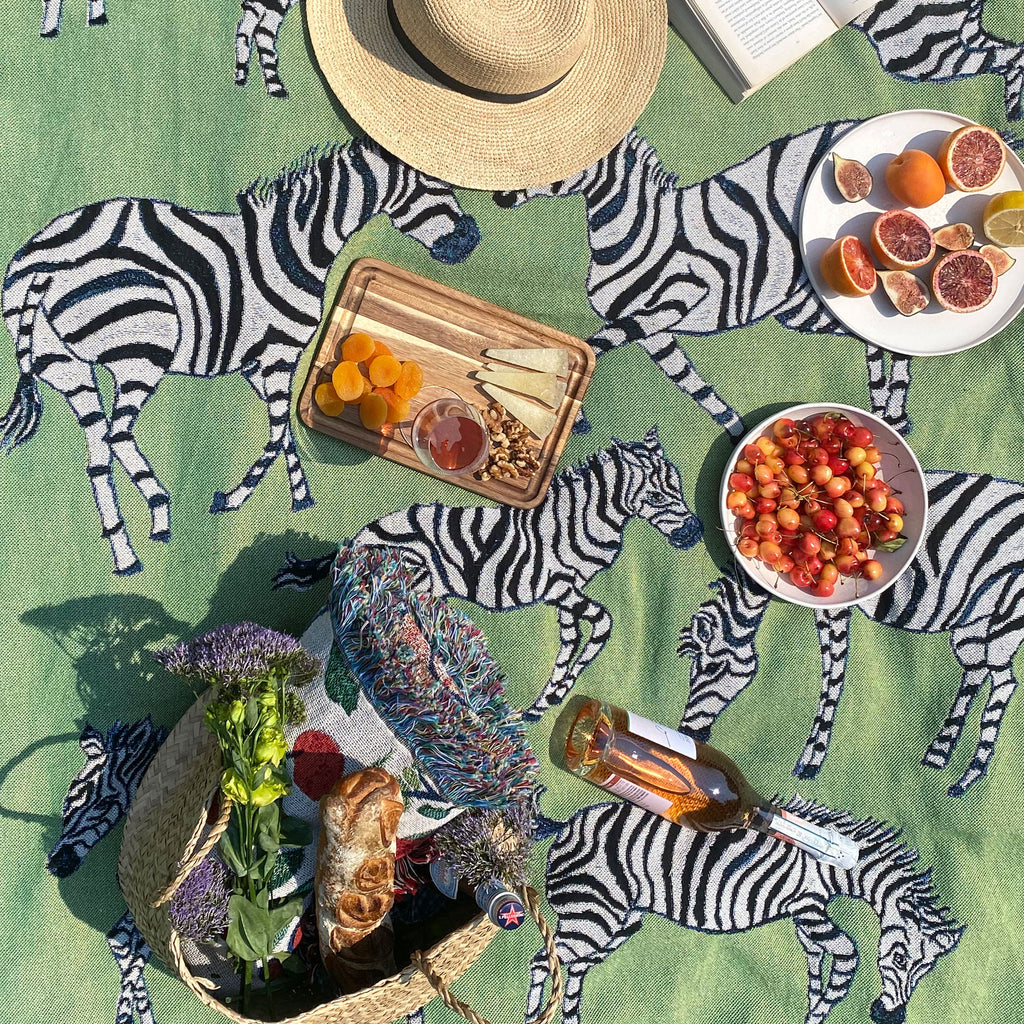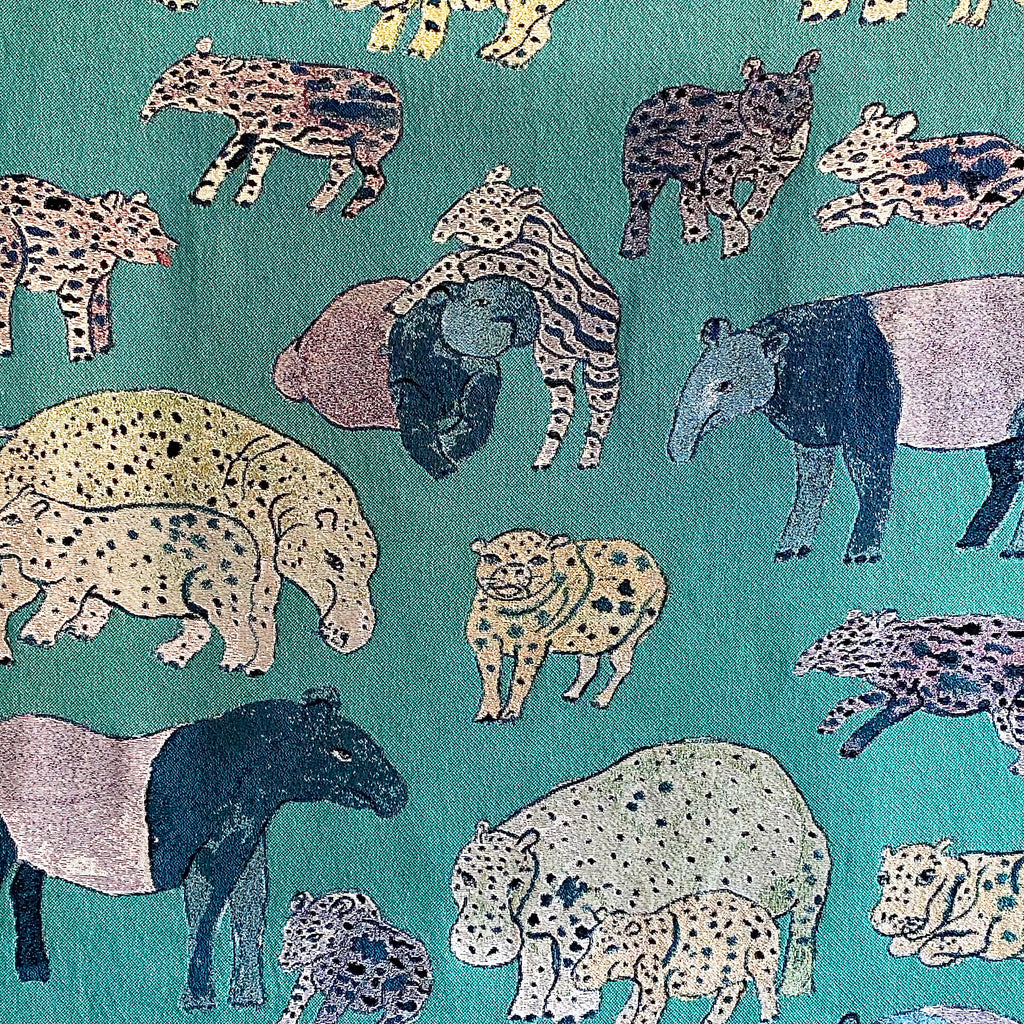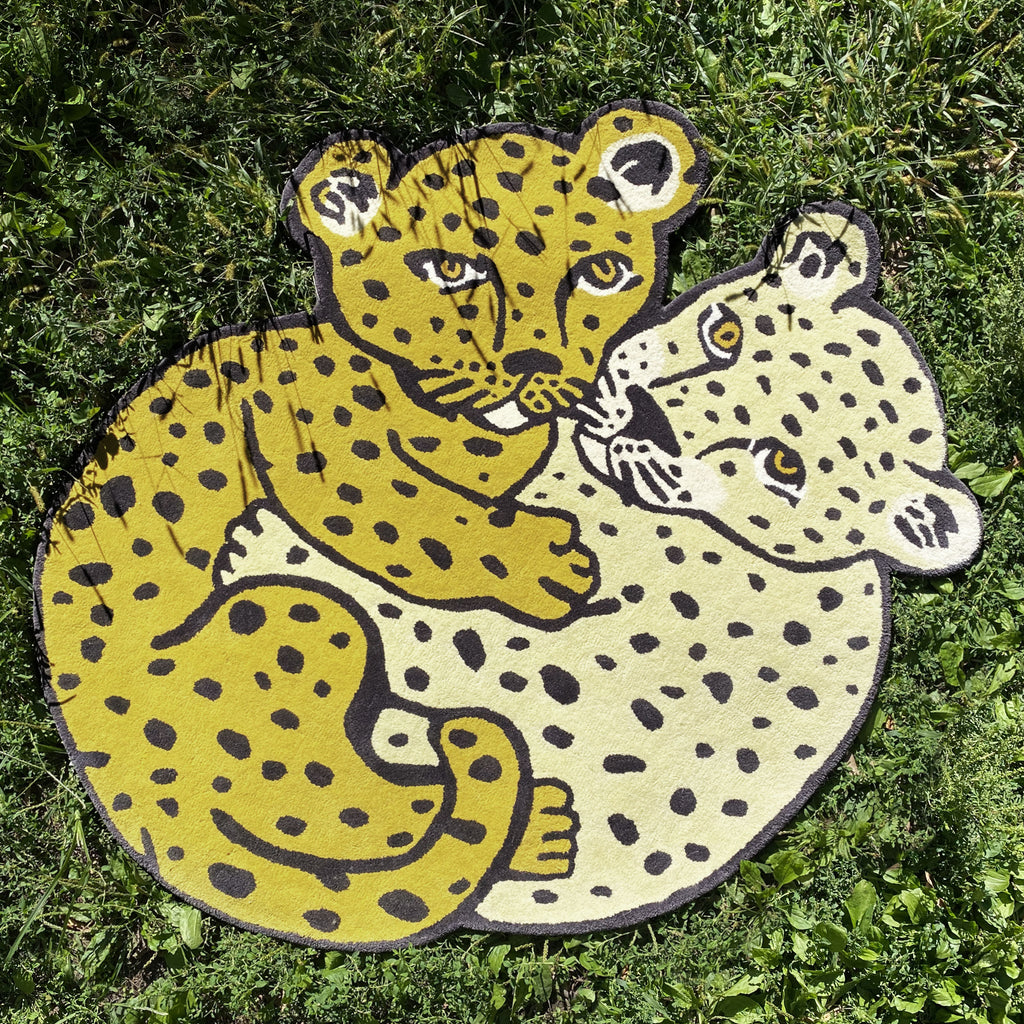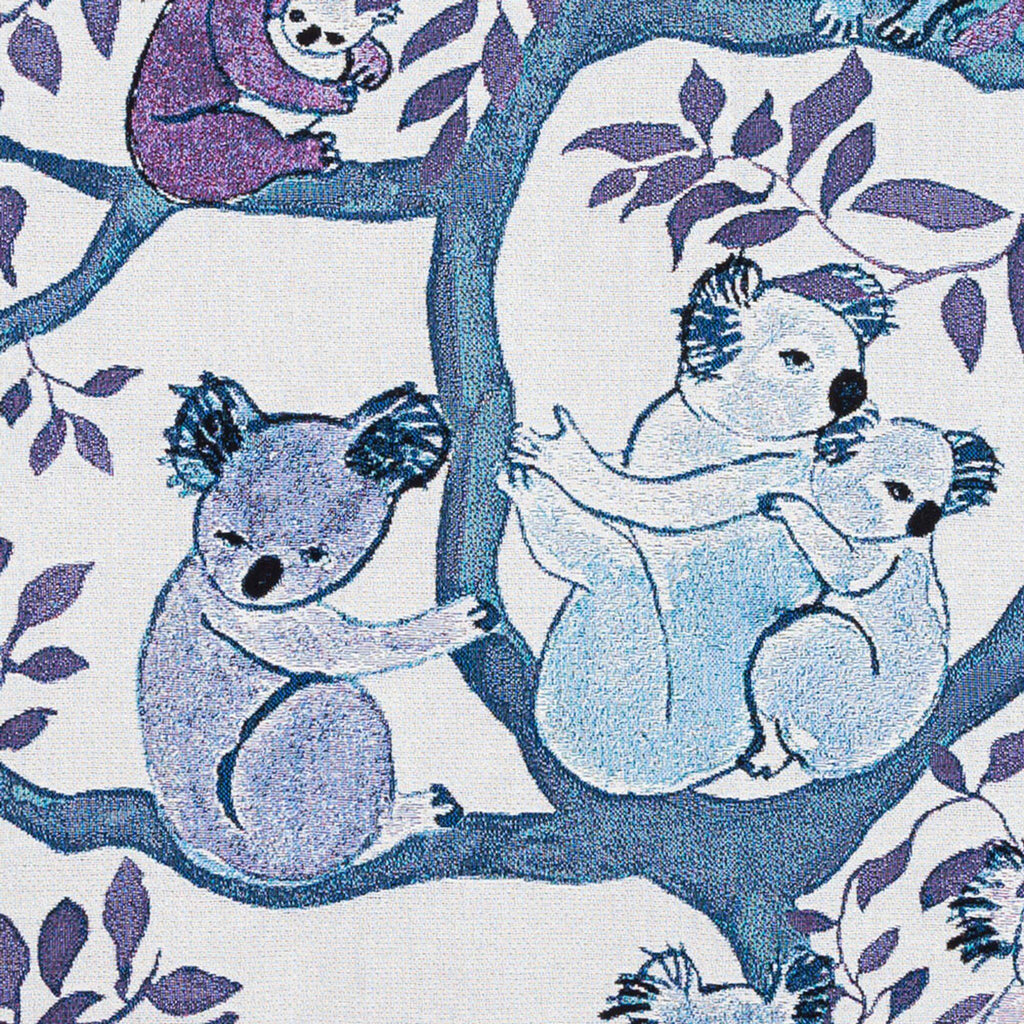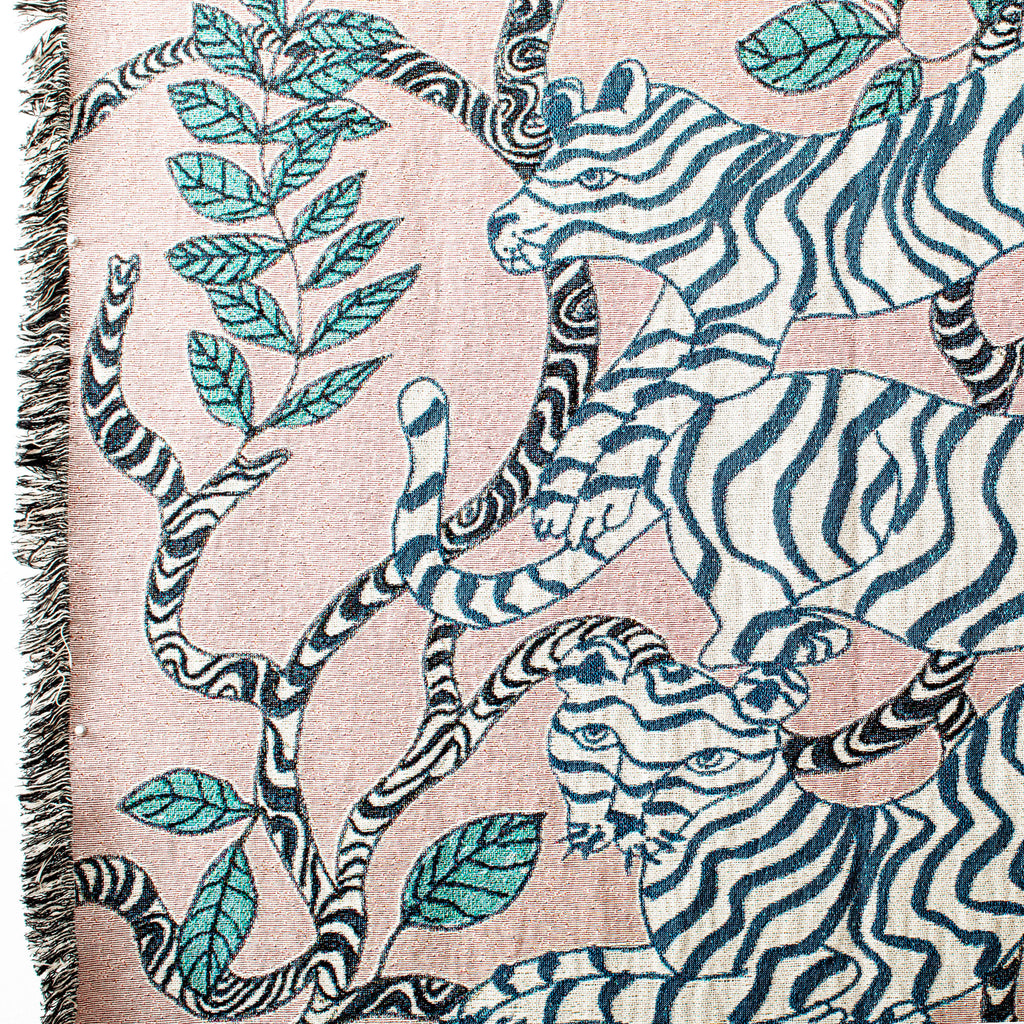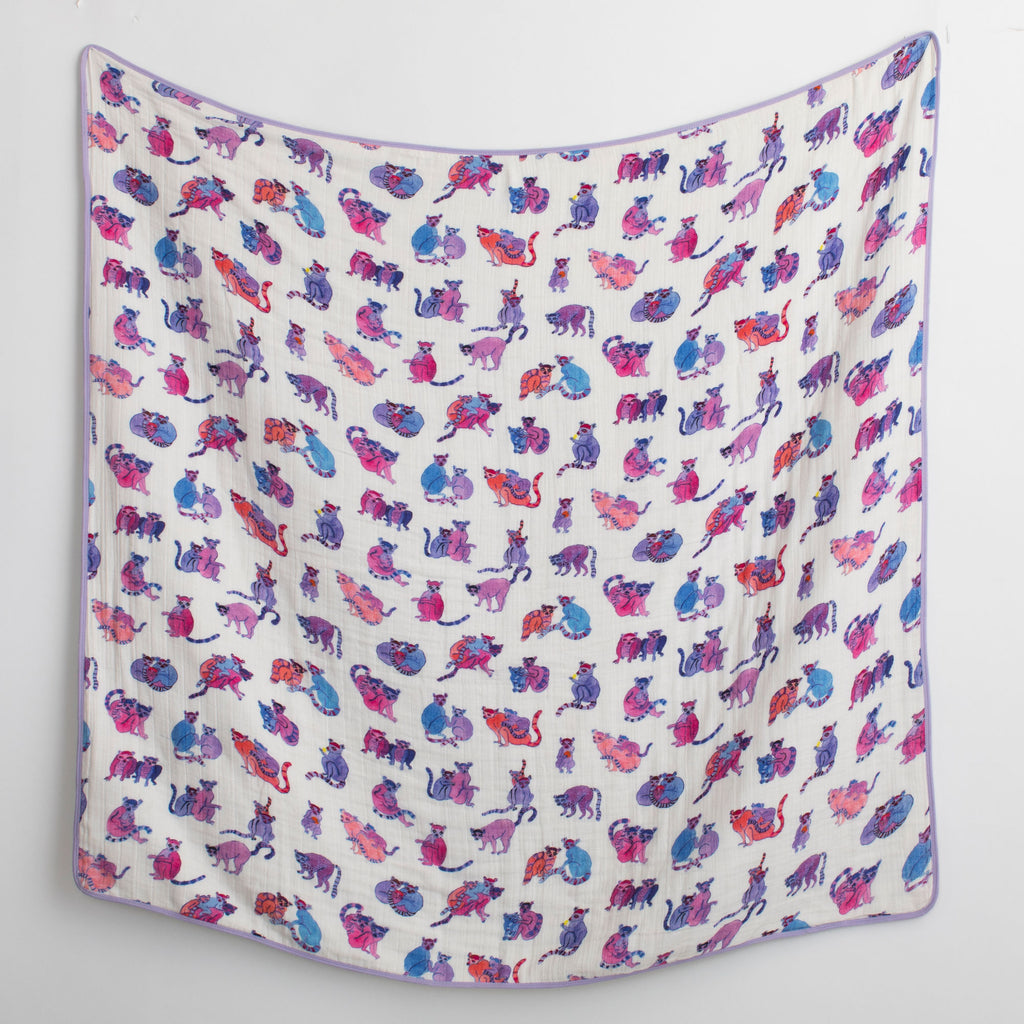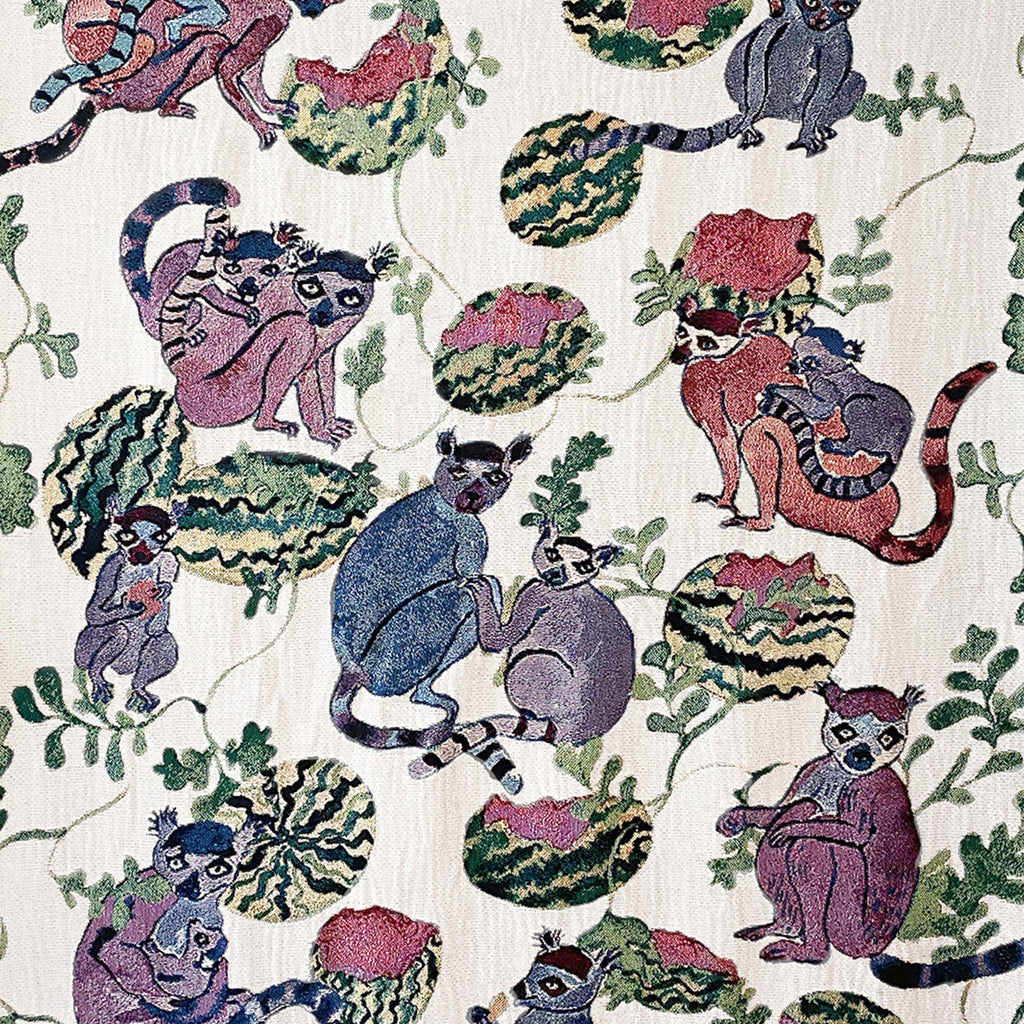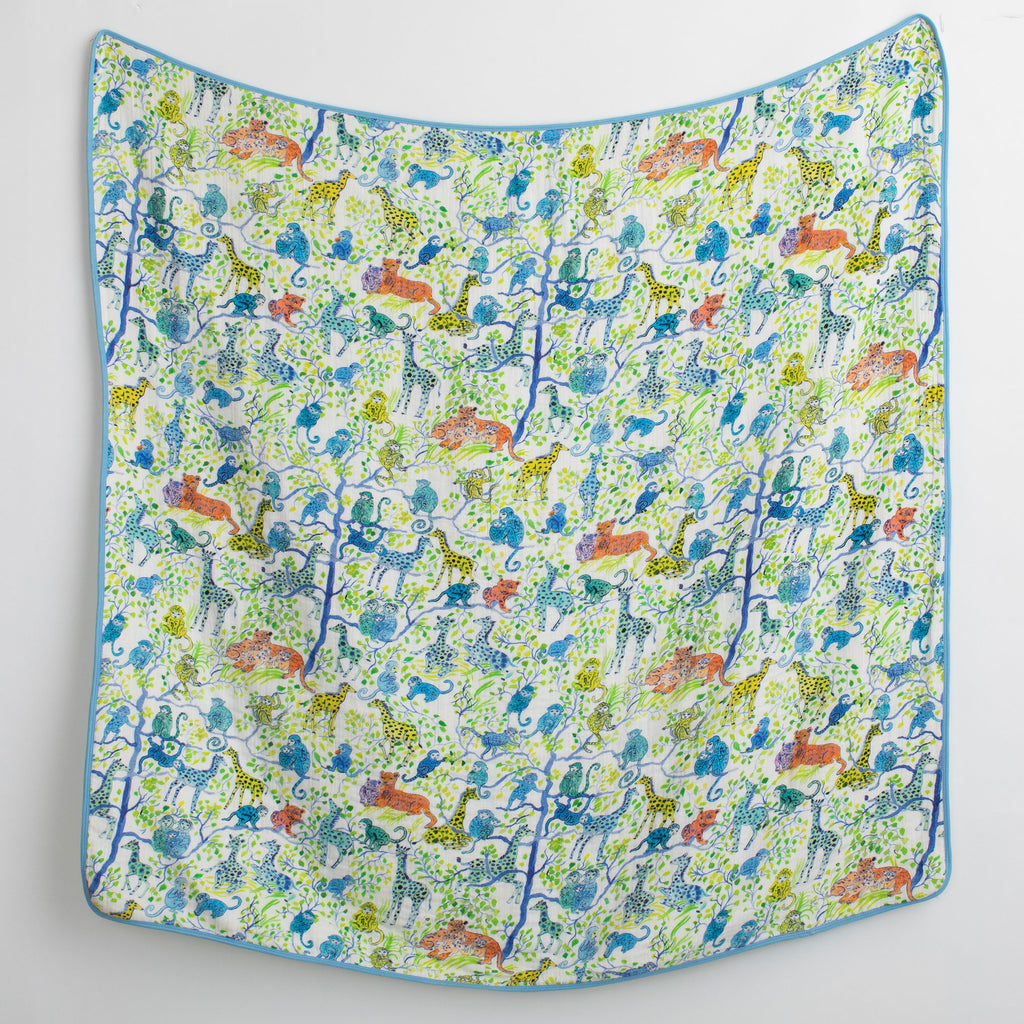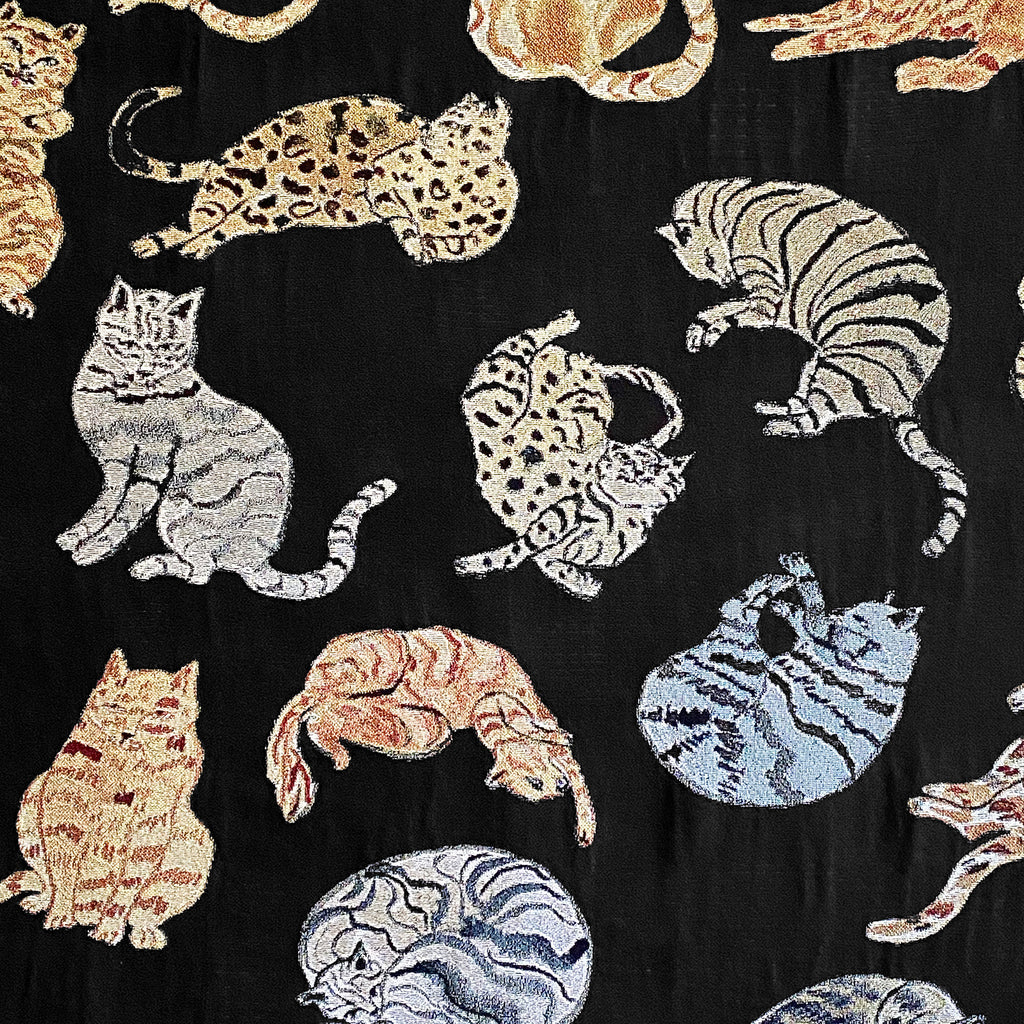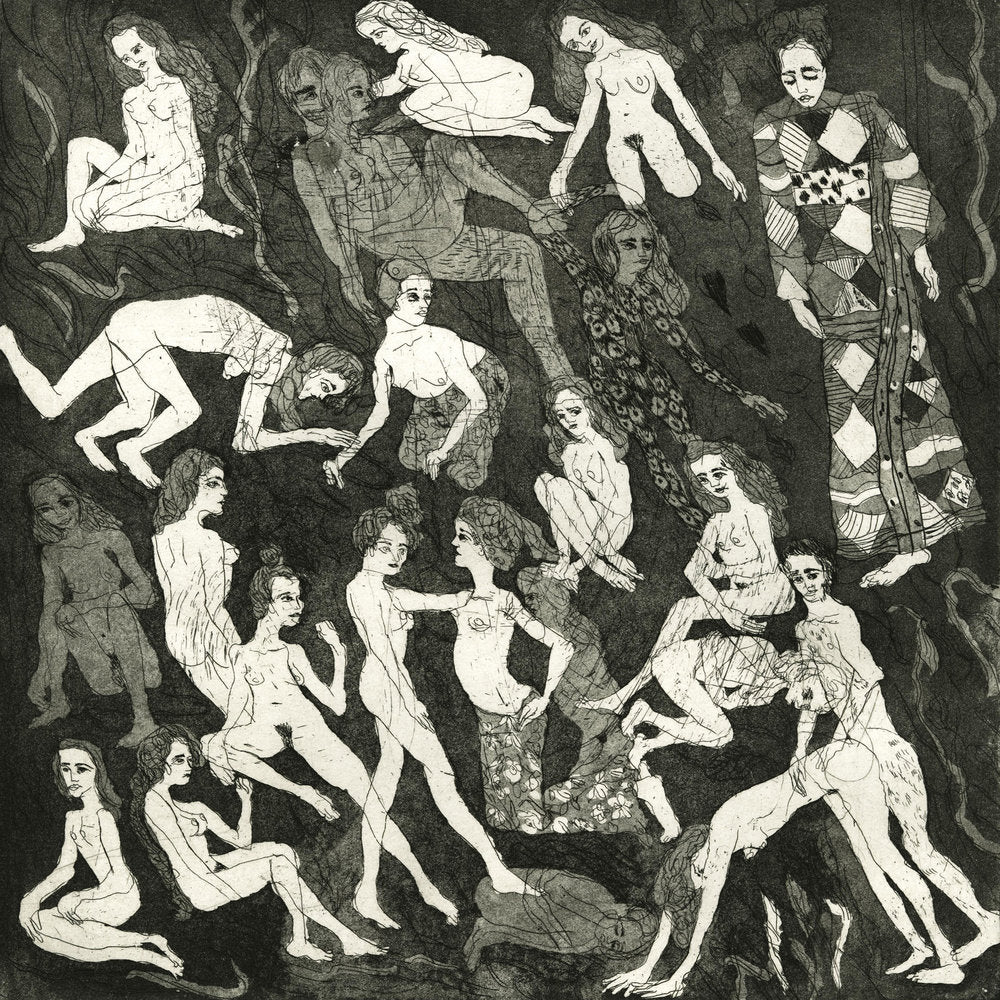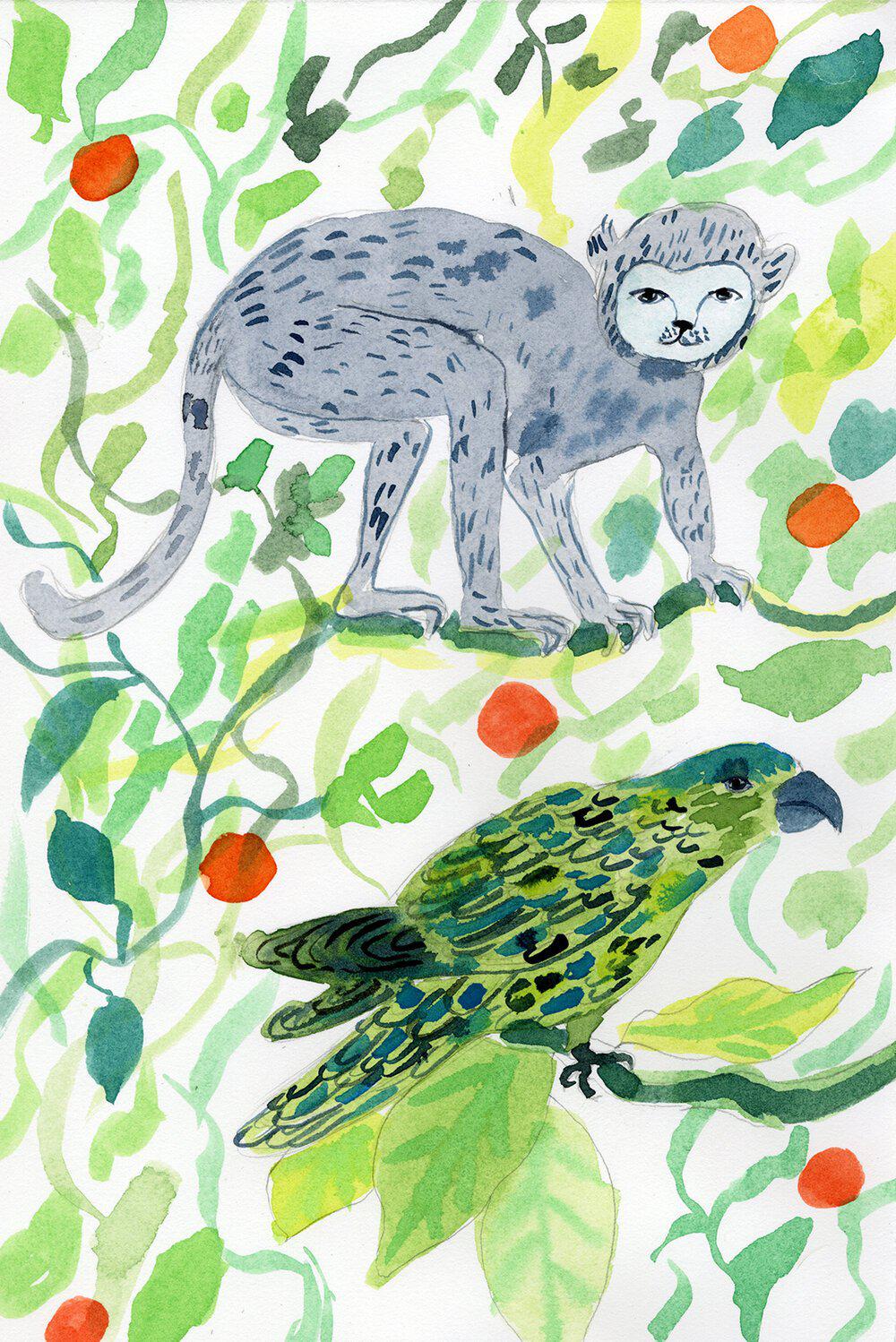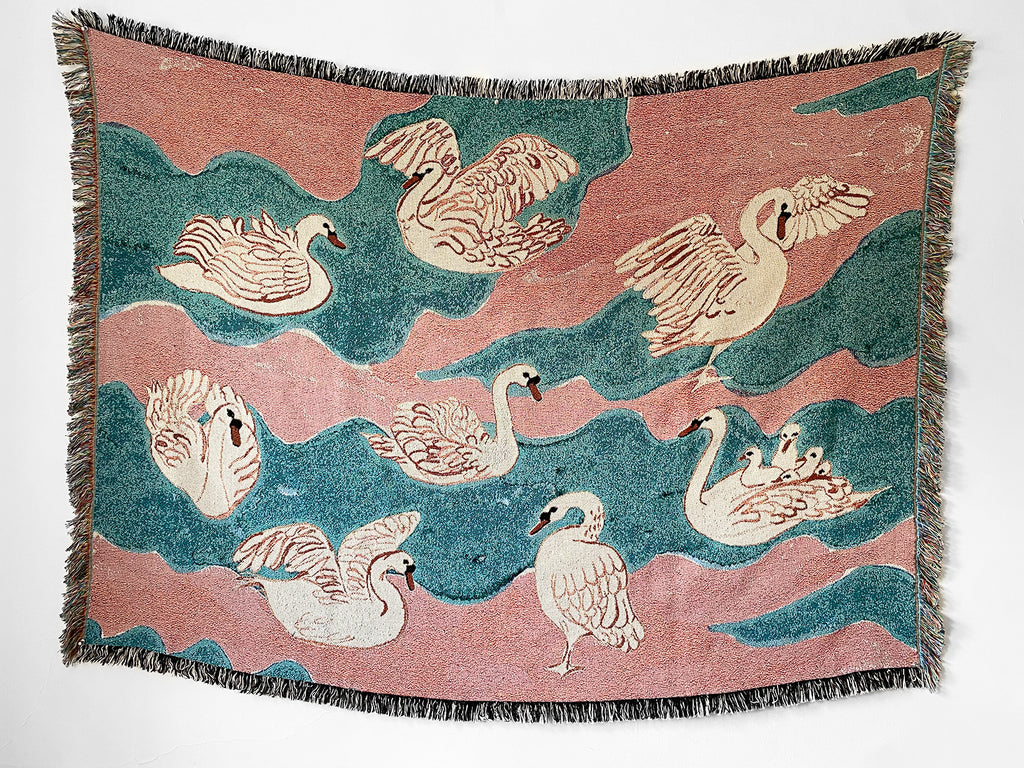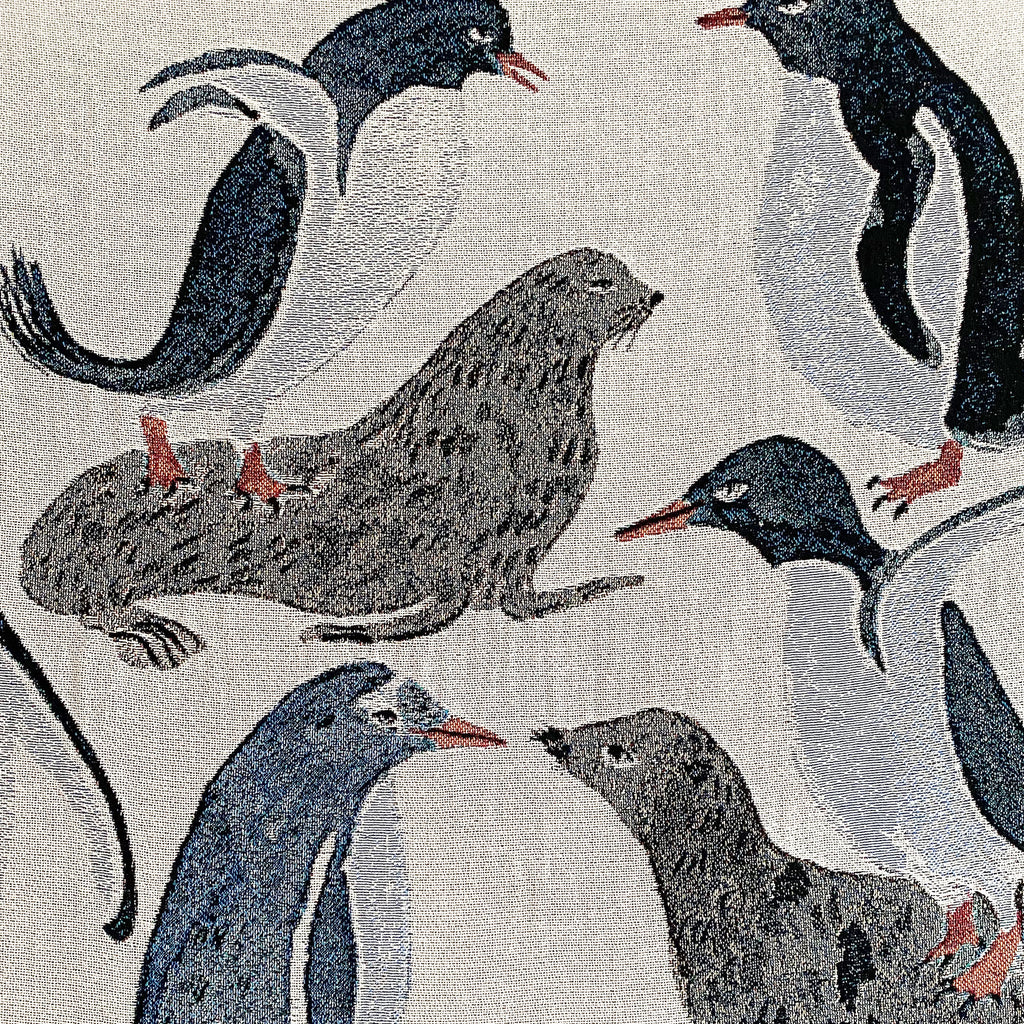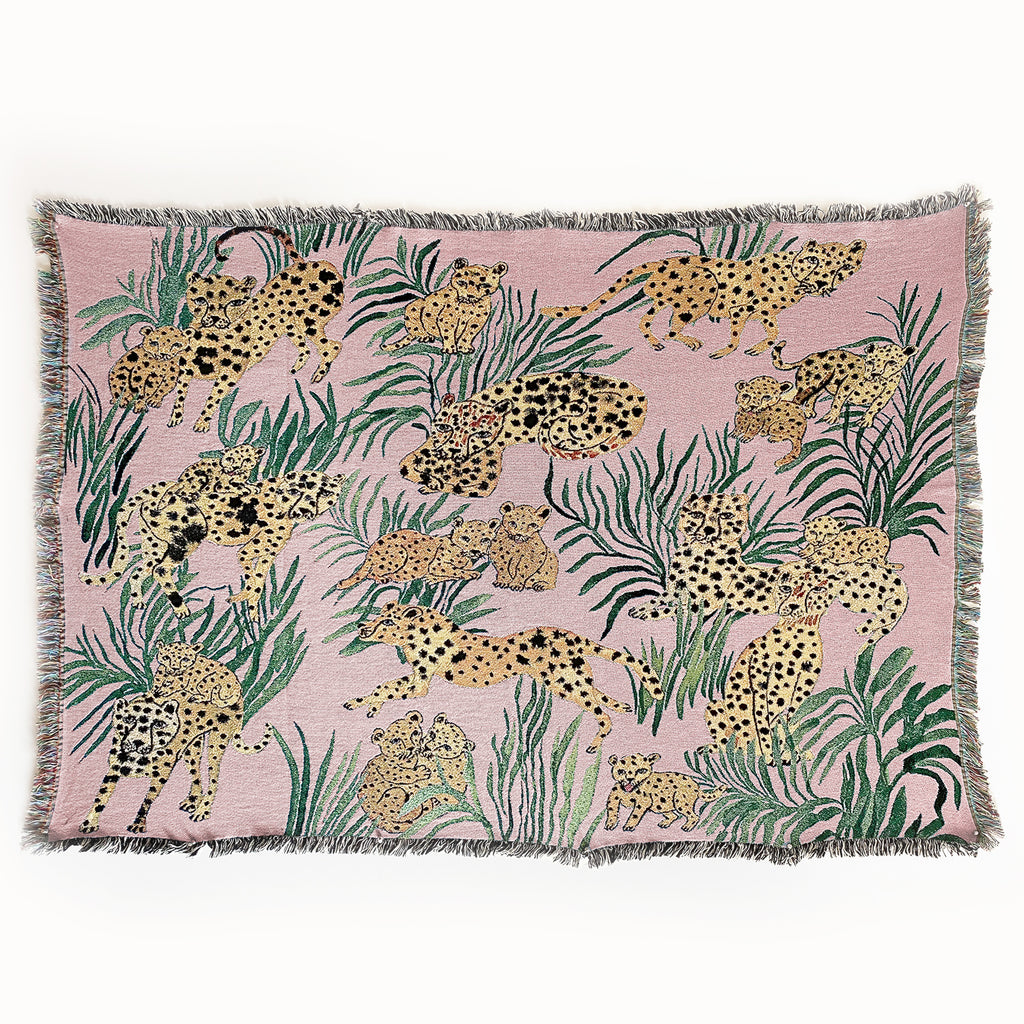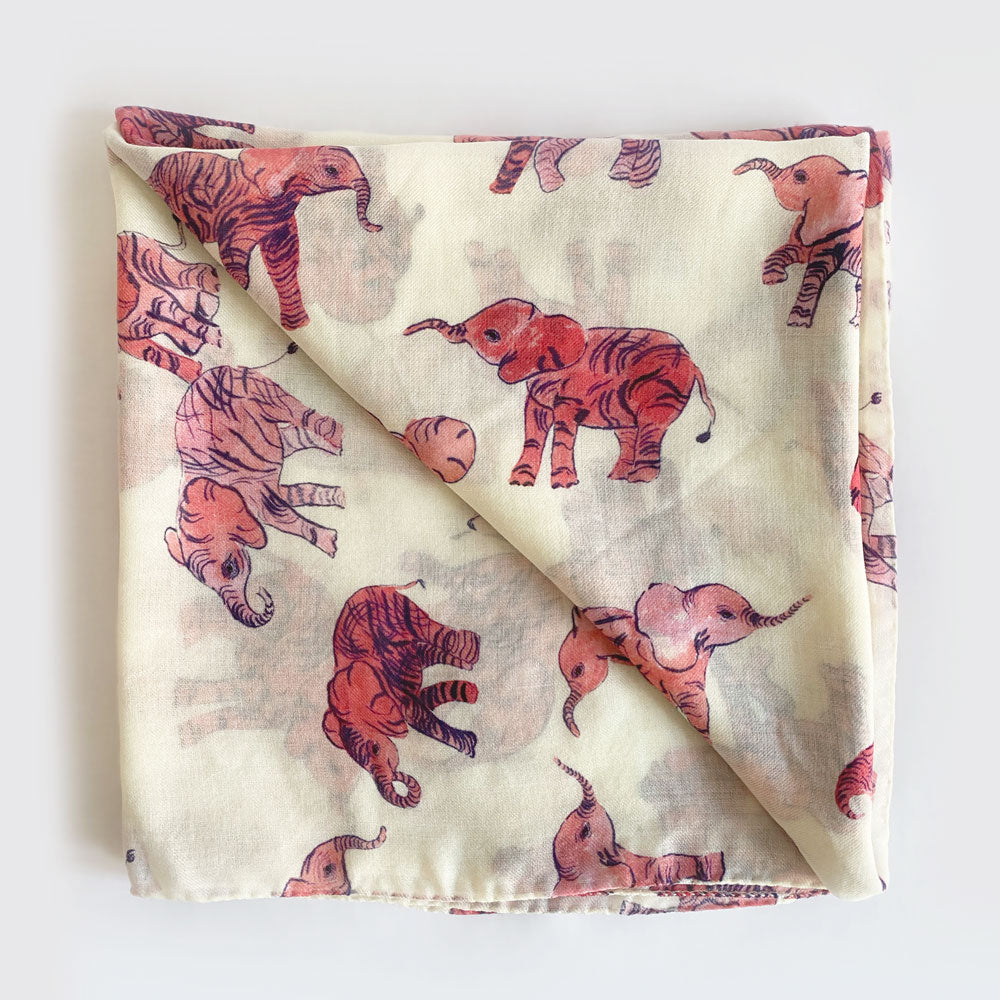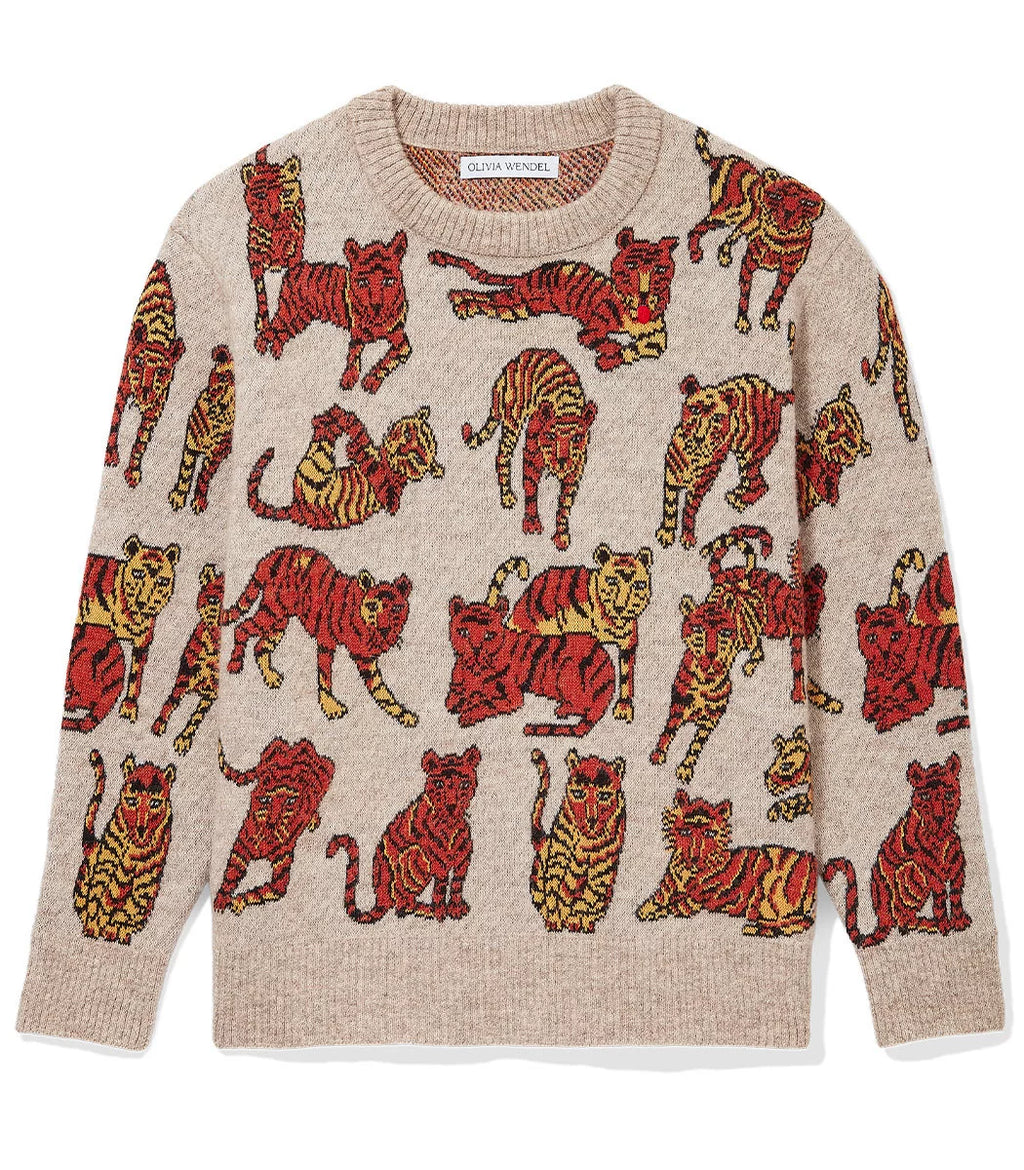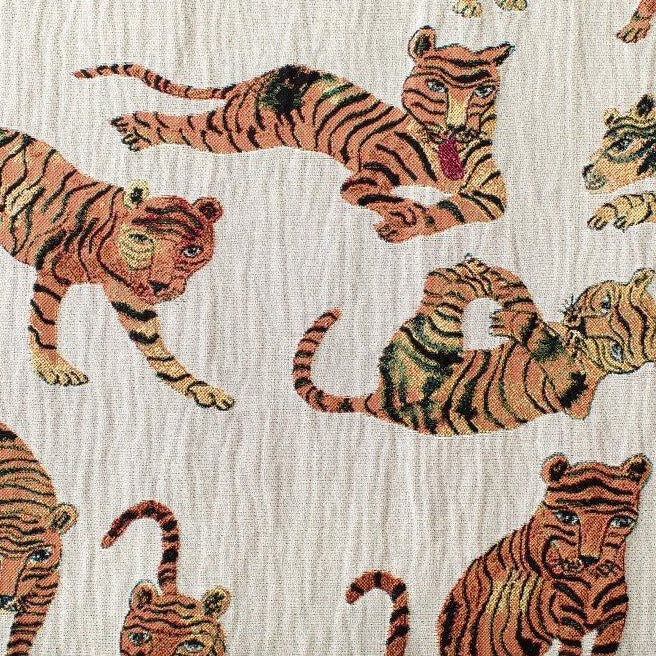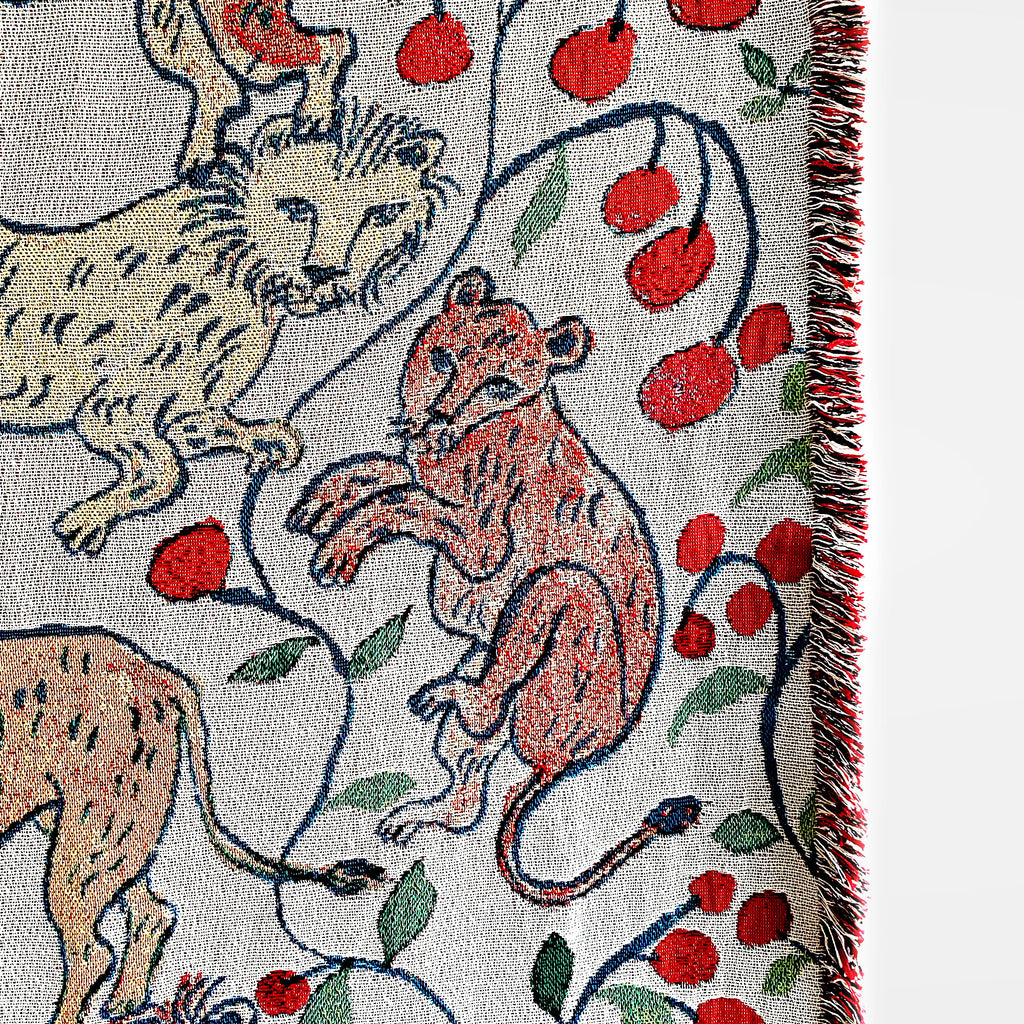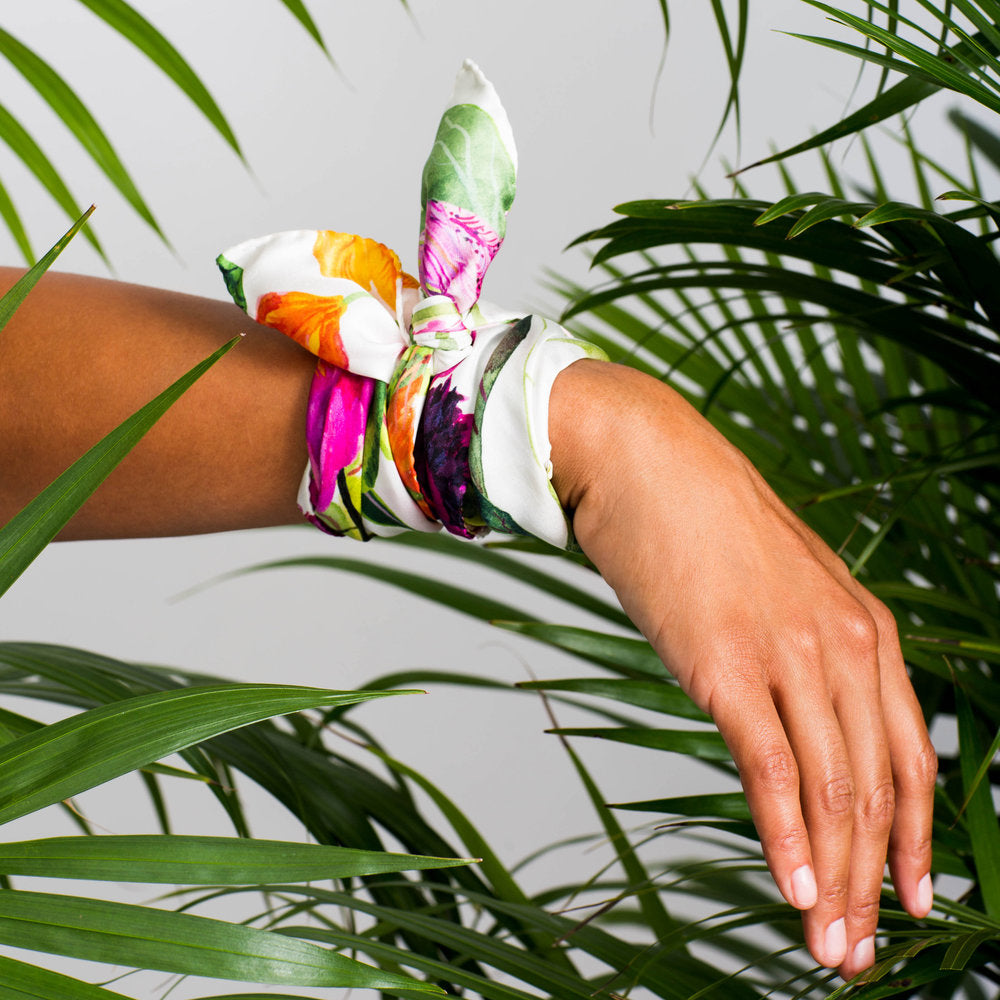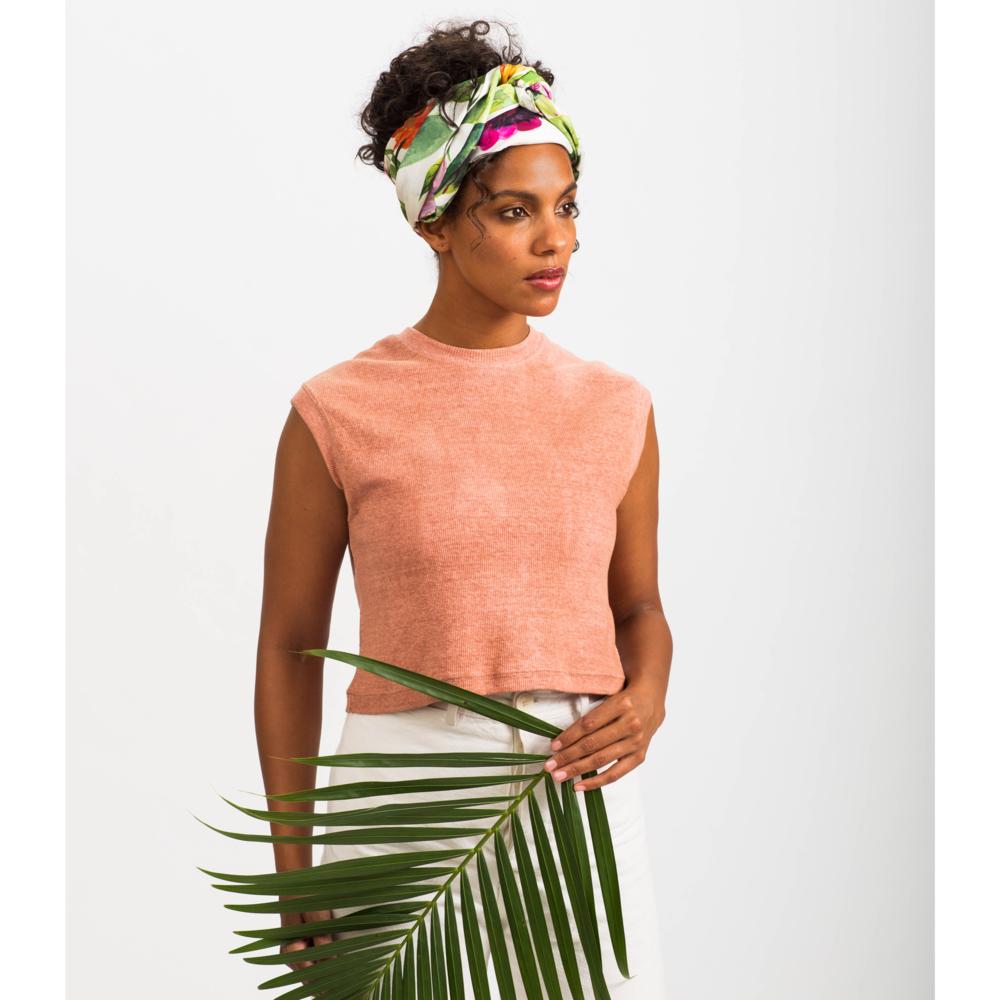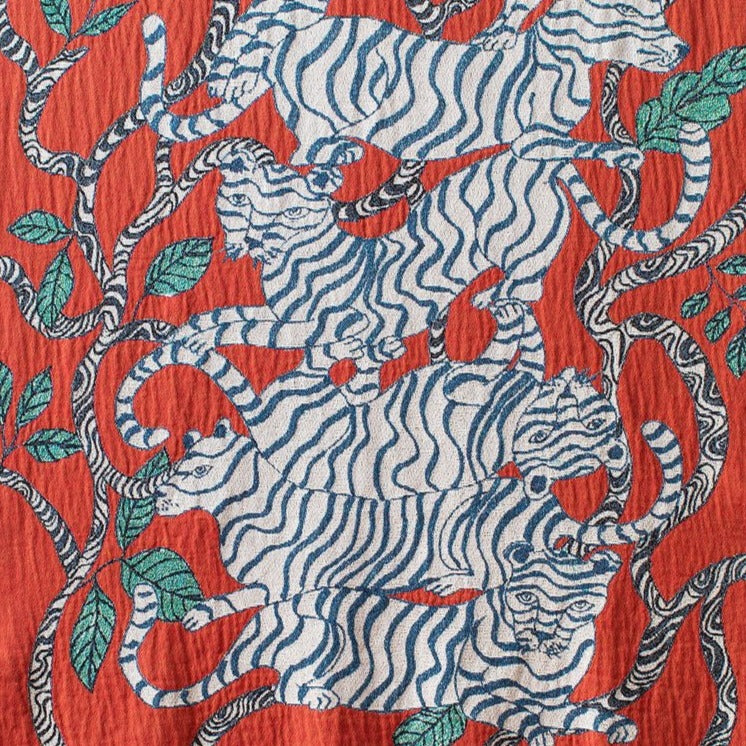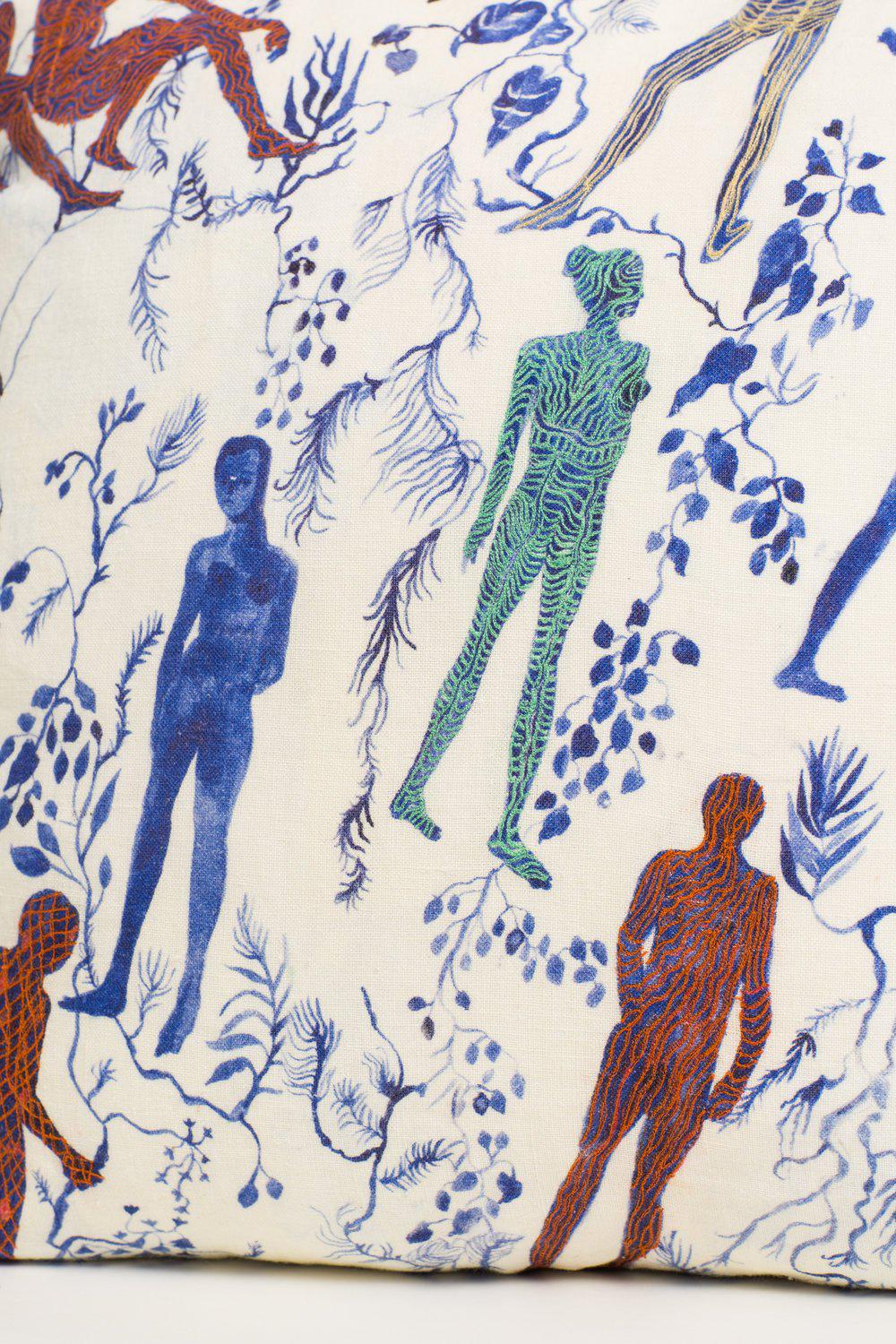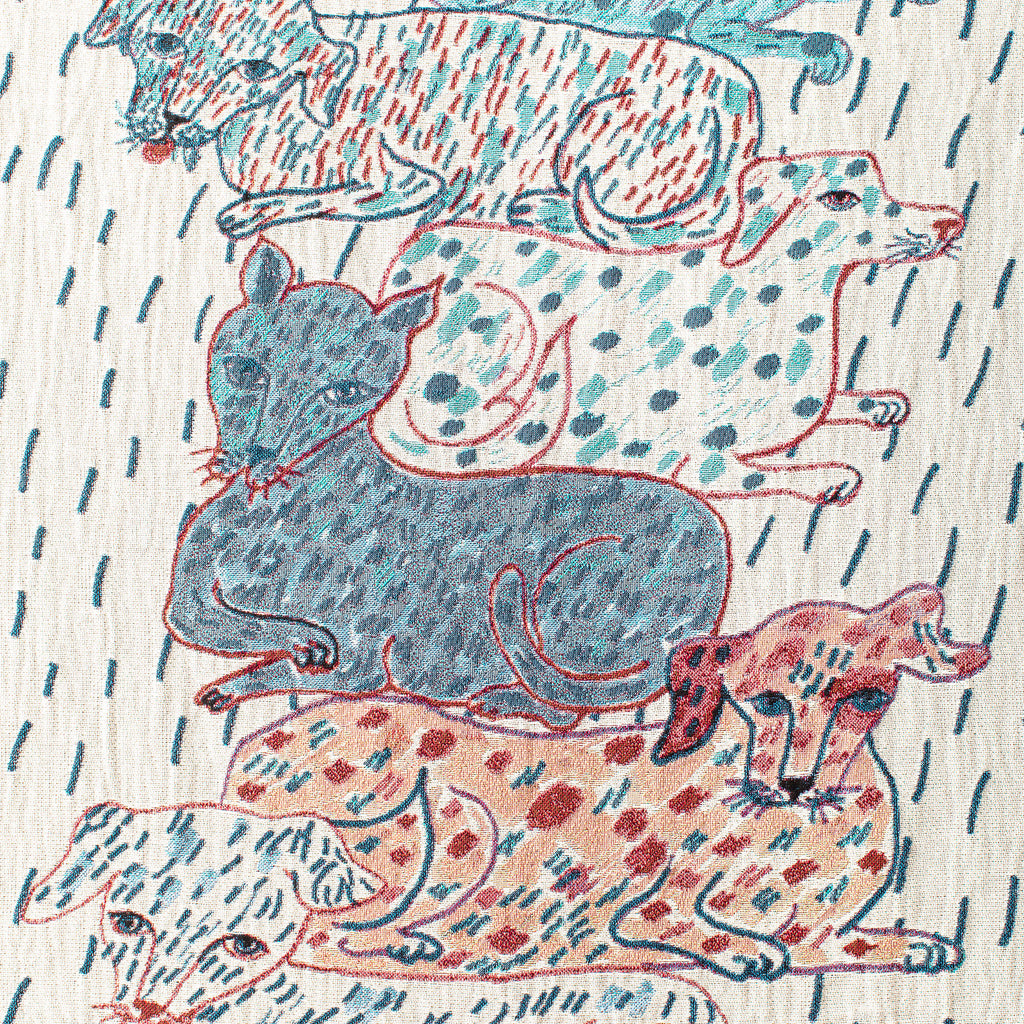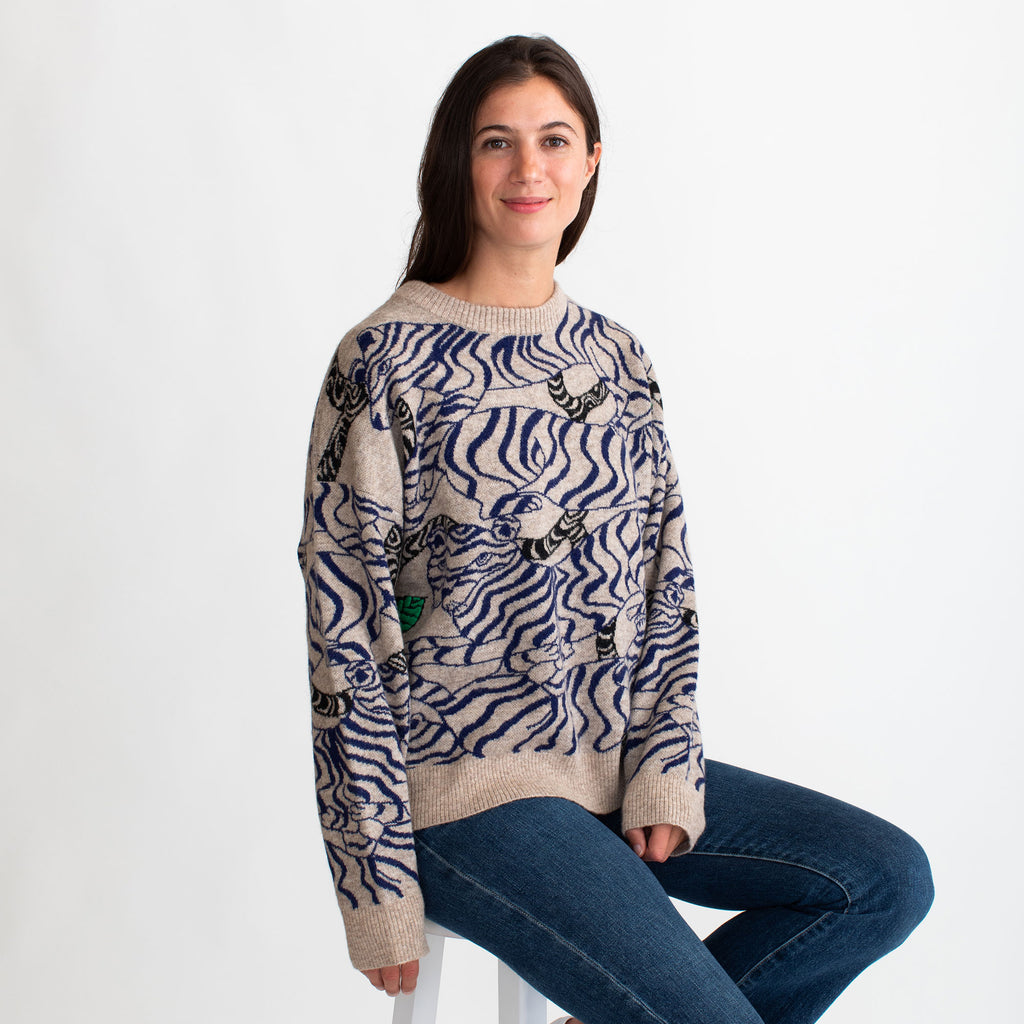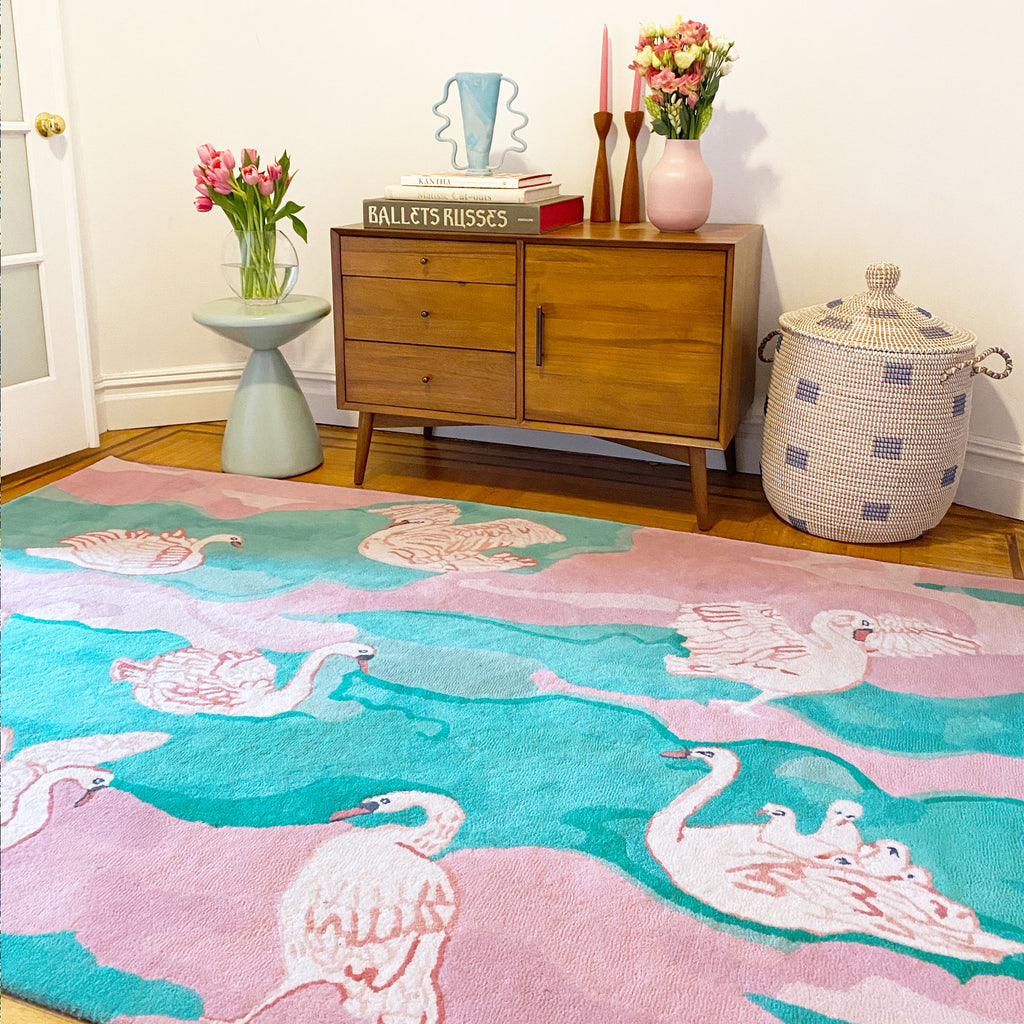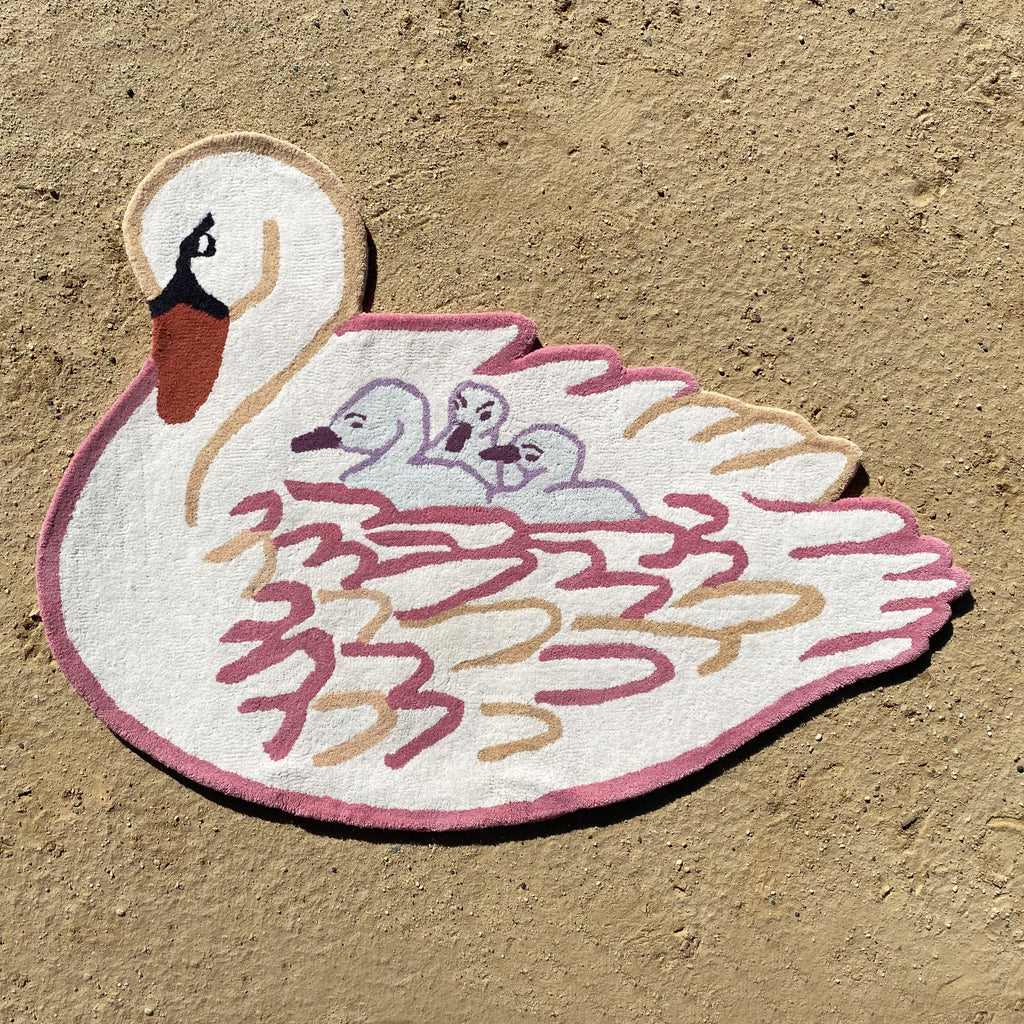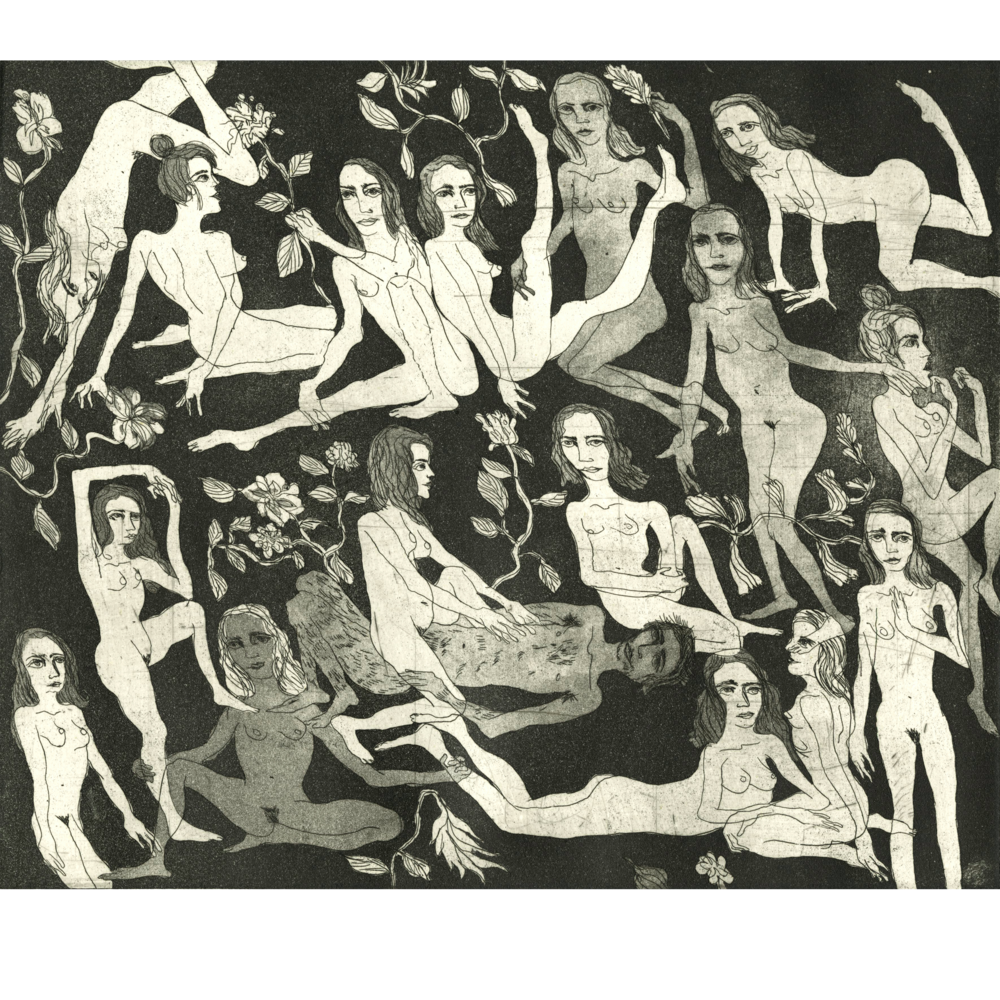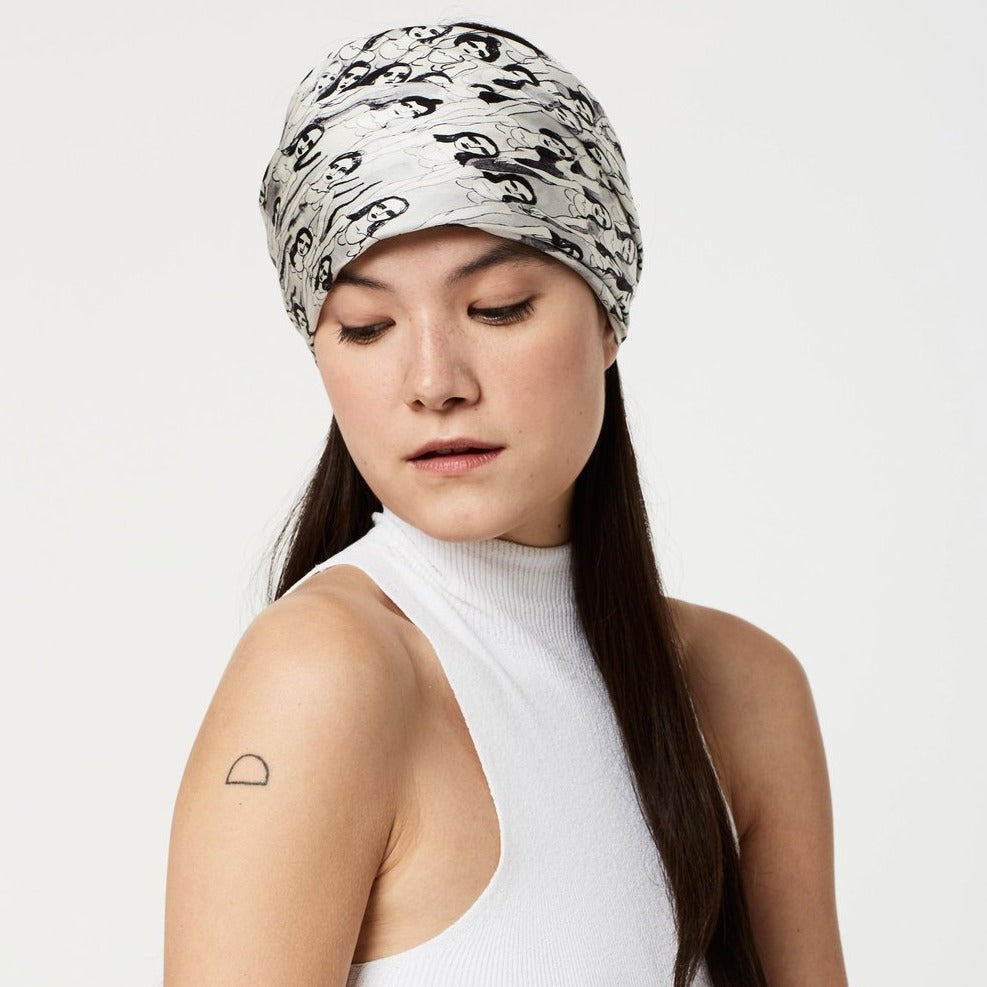A throw blanket, often asked as “what is throw blanket?”, is a small, decorative blanket used for warmth and style, unlike a regular blanket which is larger and designed for full coverage, providing essential warmth and comfort as an additional bedding layer.
Typically up to 150 x 200 cm, it can drape over furniture or be used as a cozy wrap. This article explores uses, materials, sizes, and care tips for throw blankets.
What is a Throw Blanket?
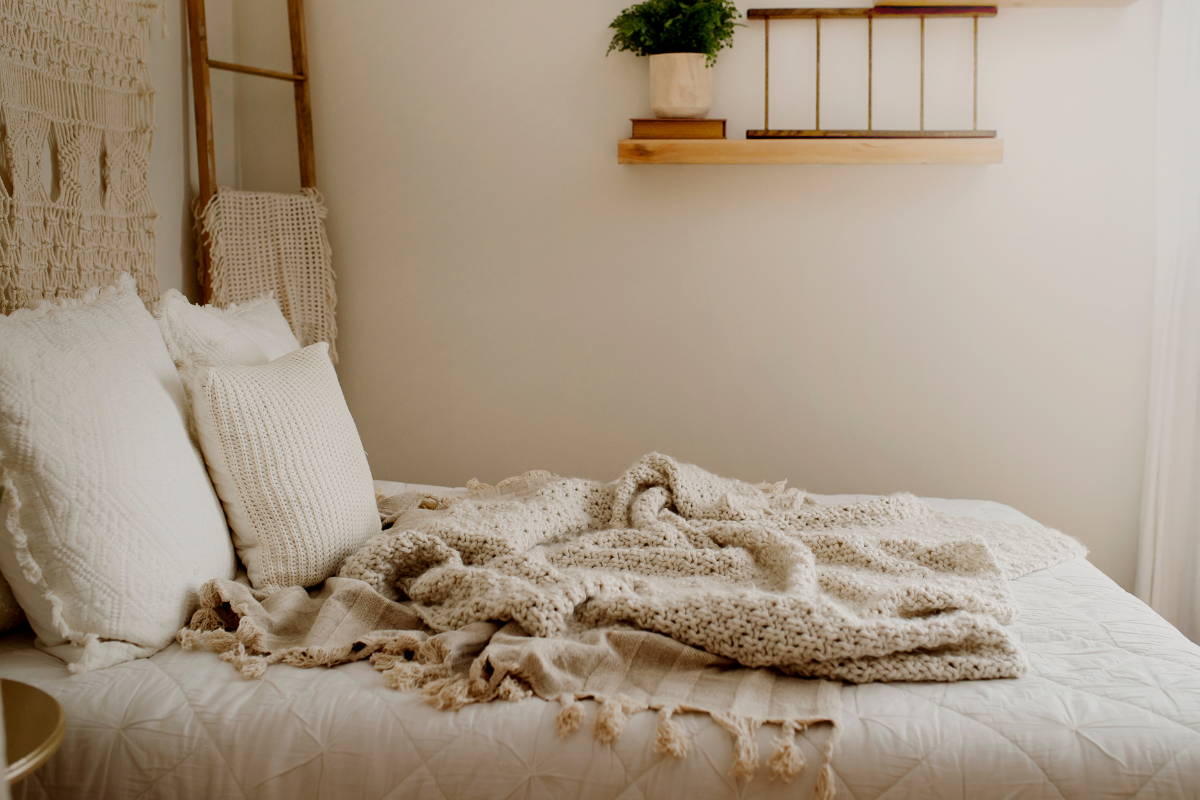
Serving as the unsung heroes of home decor, throw blankets blend style with functionality unlike many other accessories. These small, versatile blankets are designed to add a special touch to living spaces while providing a cozy layer of warmth.
But what exactly sets them apart from regular blankets? Regular blankets are larger and primarily designed to provide warmth while sleeping. In contrast, throw blankets are smaller, serve a decorative purpose, and are ideal for quick warmth while lounging. If you're looking to explore some stylish options, you might check out Olivia Wendel's collection of blankets. This blanket debate has been ongoing for quite some time.
Definition of a Throw Blanket
Typically measuring up to 150 x 200 cm, a throw blanket is a smaller blanket that serves as a decorative covering. These blankets are incredibly versatile, often used to:
-
Style living rooms, bedrooms, or conservatories
-
Cover sofas
-
Wrap around oneself
-
Layer on beds for added warmth and a stylish touch
Lightweight and compact, throw blankets can be easily folded and carried, making them perfect for various purposes.
History of Throw Blankets
Throw blankets have a rich history that dates back to ancient civilizations. In ancient Egypt, Greece, and Rome, throw blankets were not only functional but also served as decorative items that added warmth and style to homes. These early throw blankets were often made from natural fibers and adorned with intricate patterns, reflecting the artistry and craftsmanship of the time.
During the Middle Ages, throw blankets became a staple in European homes, providing much-needed warmth during the cold winter months. They were often made from wool and other thick materials, ensuring that families stayed cozy despite the harsh weather conditions.
The 19th century saw throw blankets gaining popularity in American homes. They were used to add a touch of elegance and sophistication to living rooms and bedrooms. The Industrial Revolution played a significant role in this shift, as it enabled the mass production of throw blankets, making them more accessible and affordable for the general population.
Today, throw blankets are a beloved item in homes around the world. They are used to add warmth, style, and comfort to living spaces. With the rise of online shopping and social media, throw blankets have become a popular home decor item, with many designers and brands creating unique and stylish options that can add a touch of personality to any room.
Common Uses for Throw Blankets
Due to their incredible versatility, throw blankets can rejuvenate home decor by introducing a splash of color or texture to sofas and chairs. Besides being decorative accents, they provide an extra layer of warmth and comfort, making them ideal for napping or cozying up during chilly evenings.
They can also be used as intermediary layers on less comfortable furniture, enhancing comfort in various settings.
Key Differences Between Throws and Traditional Blankets
There are several key ways in which throw blankets stand apart from traditional blankets:
-
They are typically smaller and lighter
-
They focus more on style and decorative appeal than on providing substantial warmth
-
While traditional blankets are designed to keep you snug and toasty, throw blankets are more about adding a stylish, cozy touch to your living space.
For extra warmth, a down blanket, made from the fluffy feathers of ducks and geese, offers excellent insulation properties and breathability for year-round use.
They can serve as traditional blanket bedding blankets but may not fully cover larger beds or offer the same level of insulation.
Types of Blankets
There are several types of blankets commonly used in homes, each serving different purposes and offering unique benefits:
-
Throw Blankets: These small, decorative blankets are designed to add warmth and style to living spaces. They are versatile and can be draped over furniture or used as a cozy wrap.
-
Bedding Blankets: Larger blankets intended for use as bedding. They are often made from materials like cotton, wool, or fleece and provide substantial warmth and comfort.
-
Fleece Blankets: Made from synthetic fibers, fleece blankets are soft, lightweight, and often used as throw blankets or bedding. They are known for their affordability and ease of care.
-
Wool Blankets: Thick and warm, wool blankets are made from natural wool fibers. They are commonly used as bedding or throw blankets and are praised for their durability and insulation properties.
-
Down Blankets: Filled with down feathers, these blankets are lightweight yet insulating. They are often used as bedding or throw blankets and provide excellent warmth without being too heavy.
-
Electric Blankets: Equipped with built-in heating elements, electric blankets offer adjustable warmth. They can be used as bedding or throw blankets, providing extra comfort during colder months.
Each type of blanket has its own set of features and benefits, making it easy to find the perfect one for your needs.
Materials Used in Throw Blanket
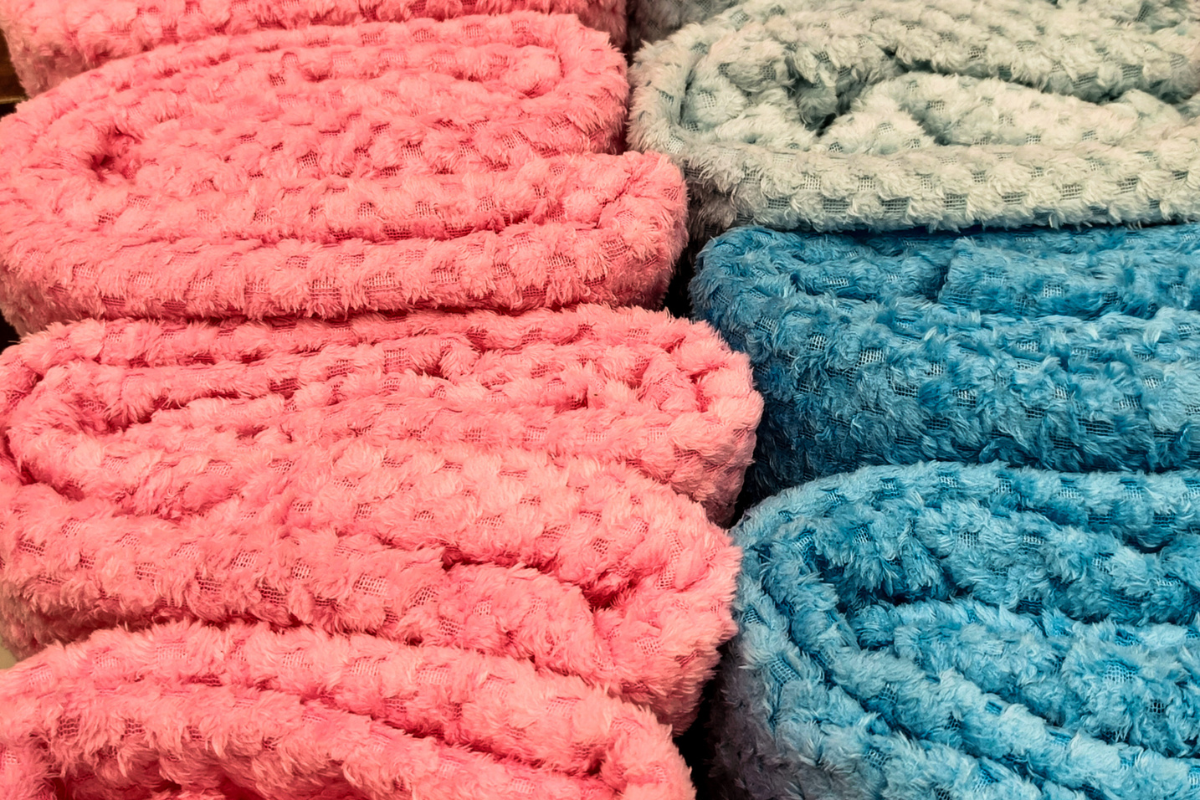
Available in a delightful assortment of materials, each type of throw blanket offers unique benefits related to warmth, durability, and comfort. Whether you prefer the luxurious feel of natural fibers or the practicality of synthetic ones, there's a throw blanket material to suit every taste and need.
Popular Fabrics for Throw Blankets
Natural fibers like wool and cashmere, known for their excellent warmth and luxurious feel, are among the popular fabrics for throw blankets. On the synthetic side, materials like polyester, fleece, and microplush are favored for their affordability and ease of care.
Fleece, for example, is a lightweight, breathable synthetic fabric that mimics the look and feel of sheep's wool, making it a popular choice for cozy fleece throws as an alternative to goose or duck feathers.
Benefits of Different Materials
Each material brings its unique set of benefits:
-
Wool is known for its exceptional warmth and durability, being resistant to bacteria, mold, and dust mites.
-
Cashmere provides superior warmth and a plush feel, making it ideal for colder nights.
-
Synthetic materials like fleece are praised for their softness and affordability, offering substantial warmth without the high maintenance of natural fibers.
Texture and Softness
The texture and softness of a throw blanket can greatly impact its comfort and usability. Here are some common textures and softness levels you might encounter:
-
Soft and Plush: Throw blankets made from materials like fleece, cotton, or wool are soft to the touch and provide a cozy feel. These blankets are perfect for snuggling up on a chilly evening.
-
Lightweight and Breathable: Materials like cotton, linen, or bamboo create throw blankets that are lightweight and breathable. These are ideal for warmer weather or for those who prefer a lighter covering.
-
Thick and Warm: Throw blankets made from wool, down, or fleece are thick and warm, making them perfect for colder weather. They provide an extra layer of insulation, ensuring you stay cozy.
-
Rough and Textured: Some throw blankets are made from materials like wool, jute, or burlap, which have a rough and textured feel. These blankets add a rustic touch to any room and can be used as decorative accents.
Choosing the right texture and softness level for your throw blanket will depend on your personal preferences and the specific needs of your living space.
Choosing the Right Material for Your Needs
Your specific needs will dictate the right material for your throw blanket. If you need something lightweight for summer nights, cotton throws might be your best bet. For those chilly winter evenings, a wool or fleece throw will provide the extra layer of warmth you crave.
Additionally, throw blankets can protect your sofas from wear and stains, acting as a stylish barrier against dirt and damage.
Size and Dimensions of Throw Blankets
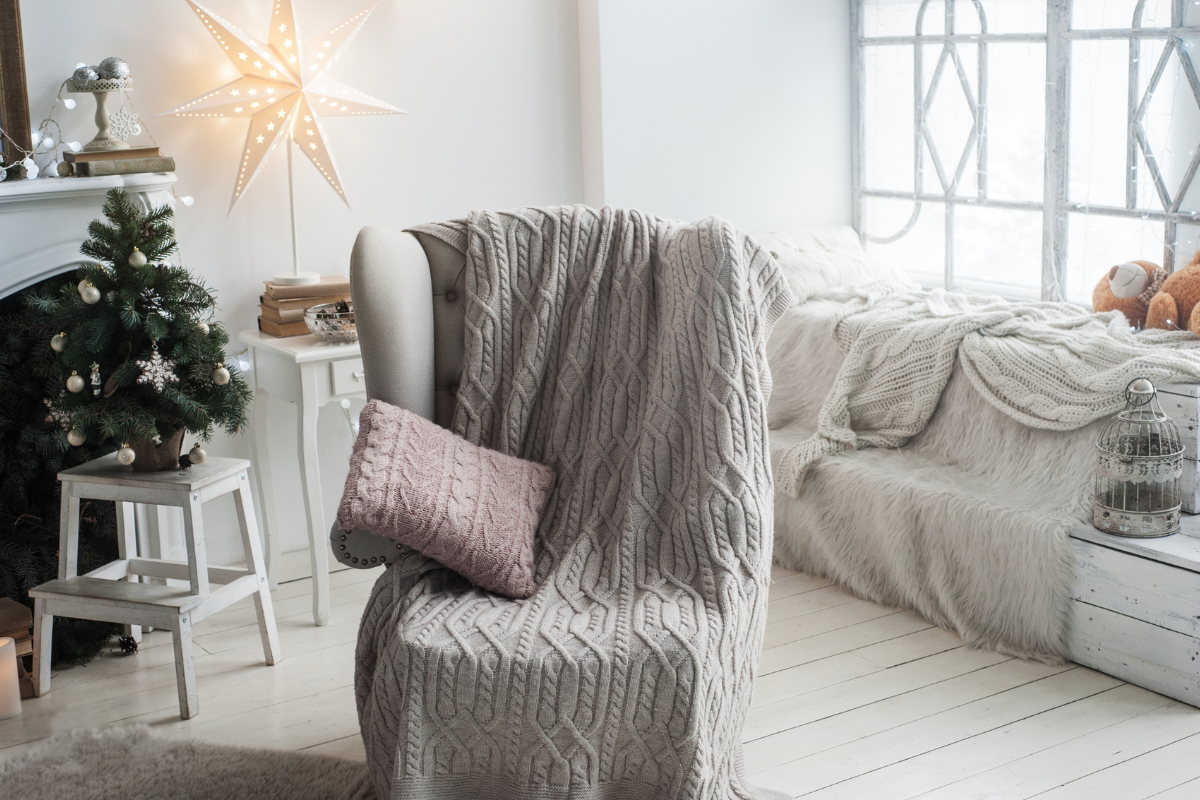
Available in various sizes, throw blankets are designed to serve different purposes and fit different spaces. Understanding the standard sizes and how they compare to other bedding items can help you choose the perfect throw for your needs.
Standard Throw Blanket Size
Being versatile enough for various uses, 50 x 60 inches is the most common size for throw blankets. This medium size is ideal for draping over a chair, adding a cozy layer to a bed, or wrapping around yourself on a chilly evening.
The standard size strikes a perfect balance between coverage and portability.
How Throw Blanket Size Affects Usage
Usage of a throw blanket is significantly impacted by its size. Here are some examples:
-
Smaller throws, like those measuring 22 x 30 inches, are perfect for decorative accents or small seating areas.
-
Medium-sized throws, like those measuring 50 x 60 inches, are great for snuggling up on the couch or adding an extra layer of warmth to a bed.
-
Larger throws, such as those up to 90 x 100 inches, can be used as bedspreads or to cover large seating arrangements.
Consider the size of your throw blanket based on your specific needs and preferences.
The versatility of throw blanket sizes allows them to be used in various settings, from providing warmth during an afternoon nap to enhancing the aesthetic of a room.
Comparing Throw Blanket Sizes to Other Bedding
Compared to traditional bedding items like quilts or bedspreads, throw blankets are generally smaller than a regular blanket. While the average throw blanket measures 50 x 60 inches, a queen bedspread can measure up to 90 x 100 inches.
This size difference highlights the more localized usage of throw blankets, which are intended to add a cozy touch to specific areas rather than cover an entire bed.
Style and Design Options
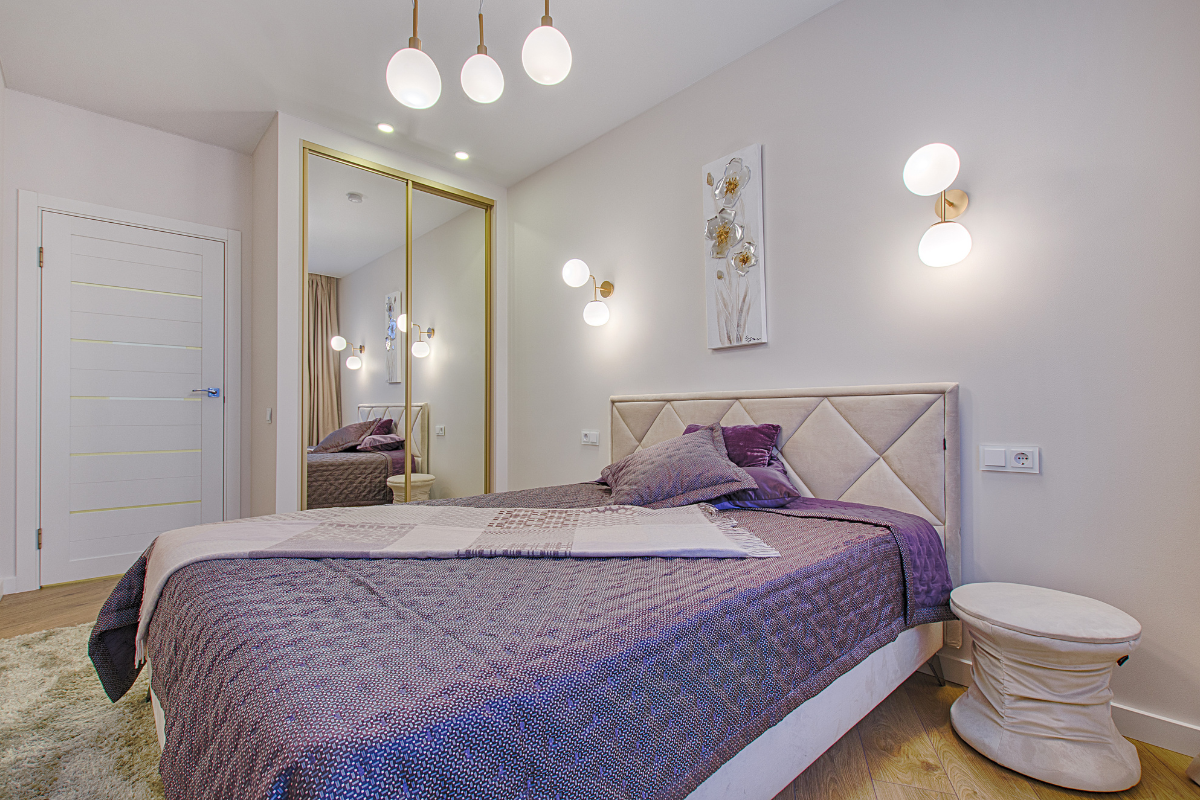
With a wide range of style and design options, throw blankets allow for the expression of personal style and enhancement of home decor. From colors and patterns to decorative accents, there's a throw blanket to suit every taste.
Variety of Colors and Patterns
With a plethora of colors and patterns, it's easy to find a throw blanket that matches your decor. Whether you prefer solid colors, ombre designs, or intricate patterns like chevron and plaid, there's a throw blanket that will perfectly complement your home. These varied options allow you to switch up your decor seasonally or whenever you crave a fresh look.
Decorative Accents
Adding a unique touch to throw blankets, decorative accents like fringes, tassels, and embroidery stand out. Fringes and tassels often give throws a playful or bohemian look, while embroidery can enhance their visual appeal. These little details can make a significant impact, turning a simple blanket into a stylish piece of decor.
Incorporating Throws into Home Decor
Adding texture, color, and warmth to any room, incorporating throw blankets into your home decor can be transformative. Drape them over the corner of a sofa, the back of a chair, or the foot of a bed to create a cozy and inviting look.
Layering throws with other textiles like cushions and rugs can also create a cohesive and stylish aesthetic in your living space.
Styling Tips for Specific Spaces
Living Room and Bedroom
Throw blankets can be used to add warmth, style, and comfort to living rooms and bedrooms. Here are some styling tips for using throw blankets in these spaces:
-
Living Room: Use a throw blanket to add a pop of color and texture to your living room. Choose a blanket that complements the color scheme and style of your furniture and decor. Drape it over the back of a sofa or the arm of a chair for a cozy and inviting look.
-
Bedroom: Add an extra layer of warmth and comfort to your bed with a throw blanket. Choose a blanket that matches the color scheme and style of your bedding and decor. Fold it neatly at the foot of the bed or drape it casually over the corner for a relaxed yet stylish touch.
-
Accent Chair: Enhance the elegance and sophistication of an accent chair with a throw blanket. Select a blanket that complements the color scheme and style of the chair and surrounding decor. Drape it over the back or arm of the chair to create a cozy reading nook.
-
Sofa: Add a pop of color and texture to your sofa with a throw blanket. Choose a blanket that complements the color scheme and style of your furniture and decor. Drape it over the back or arm of the sofa for a stylish and inviting look.
By following these styling tips, you can use throw blankets to add warmth, style, and comfort to your living room and bedroom, creating a cozy and inviting atmosphere that is perfect for relaxing and entertaining.
Practical Uses Beyond Decoration
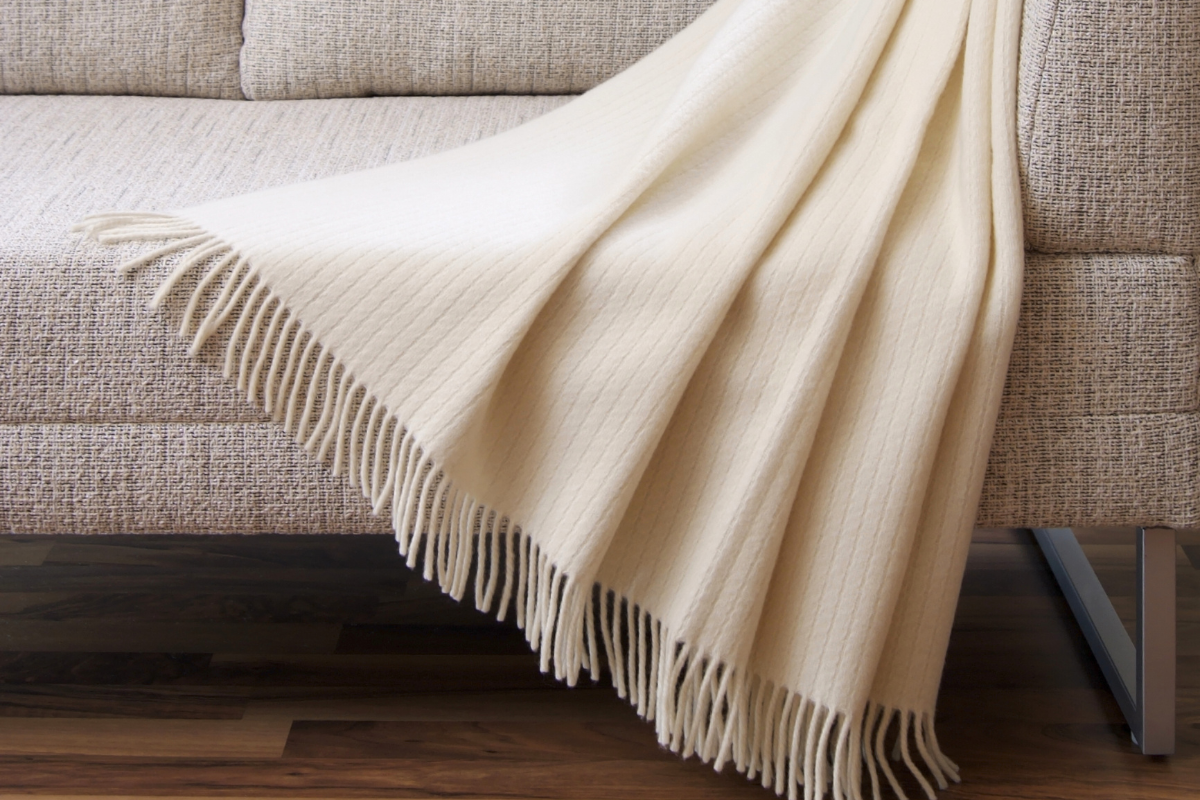
Although often used for decoration, throw blankets also fulfill many practical purposes. From providing extra warmth to being a portable comfort item, throw blankets are incredibly versatile.
Extra Layer of Warmth
In colder months, throw blankets serve as the perfect addition to add extra bedding layers for an extra layer of warmth. Made from thick fabrics like wool or fleece, extra bedding layers can be created by layering them on beds or draping over sofas and chairs to combat cold drafts.
These blankets are not just stylish but also functional, providing the additional warmth you need during chilly evenings.
Portable Comfort
Ideal for travel and outdoor activities, throw blankets are lightweight and compact. They can be easily packed in a car trunk for road trips or brought along to:
-
Outdoor concerts
-
Sporting events
-
The beach
-
Picnics, as picnic blankets
-
Lounging in your backyard
Their versatility makes them a convenient choice for comfort on the go.
Special Types of Throws
Offering unique benefits, special types of throw blankets, including bed throws, feature:
-
Weighted throws: can help reduce anxiety and improve sleep quality by providing a sense of security
-
Heated throws: come equipped with electric heating elements for adjustable warmth
-
Cooling throws: designed for hot climates, providing comfort during warmer months
Caring for Your Throw Blanket
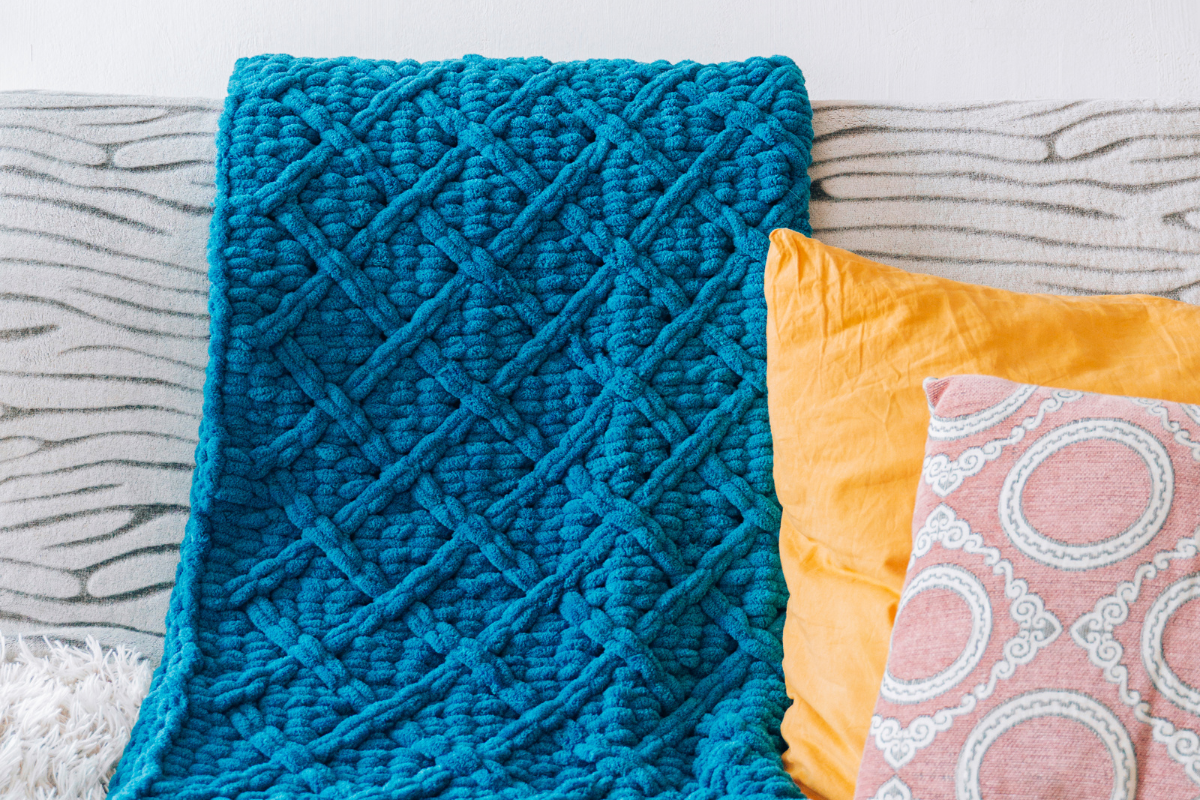
To extend the lifespan of your throw blanket, proper care and maintenance are essential. By following the right cleaning methods and storage practices, you can keep your blanket looking and feeling its best for years to come.
Cleaning and Maintenance
Following the care instructions on the label will help keep your throw blanket in top condition. Use a mild detergent and avoid bleach, which can damage fibers and affect colors. For delicate fabrics, hand washing in cool water is recommended.
For fleece blankets, wash separately in cold water on a gentle cycle and avoid high heat when drying to prevent shrinking.
Proper Storage
To maintain the quality of your throw blanket, proper storage is crucial. Store clean, dry blankets in a cool, dry place to prevent mold and mildew growth.
Use breathable storage containers or fabric bags to ensure proper ventilation and avoid plastic bags that can trap moisture and cause musty odors.
Extending the Lifespan
The lifespan of your throw blankets can be extended by regularly shaking them out and airing them to remove dust and debris. Avoid direct sunlight to prevent fading and follow the washing instructions carefully.
For delicate materials like wool or cashmere, consider hand washing or using a mesh laundry bag and lay them flat to dry to maintain their shape.
Summary
Throw blankets are more than just decorative pieces; they are versatile tools that add both style and functionality to any home. From their diverse materials and sizes to their practical uses and decorative accents, throw blankets offer endless possibilities for enhancing your living space.
By understanding the different aspects of throw blankets, from choosing the right material to proper care and maintenance, you can make the most of these cozy companions. Whether you're looking to add a touch of color to your decor or need an extra layer of warmth, throw blankets are the perfect solution. Embrace the versatility and charm of throw blankets and let them transform your home into a cozy haven.
Frequently Asked Questions
What is the standard size of a throw blanket?
The standard size for a throw blanket is typically 50 x 60 inches, allowing for versatile use around the home.
Can throw blankets be used for warmth?
Yes, throw blankets can definitely be used for warmth, especially if they are made from thicker fabrics like wool or fleece. They are great for adding an extra layer of warmth during colder months.
How do you care for a throw blanket?
To care for a throw blanket, follow the care instructions on the label, use a mild detergent, avoid bleach, and store it in a cool, dry place to protect it from damage.
What materials are throw blankets made from?
Throw blankets are made from a variety of materials, such as wool, cotton, polyester, and fleece, each offering different benefits in terms of warmth, durability, and comfort. Find the one that suits your preferences best!
How can throw blankets be used in home decor?
You can use throw blankets by draping them over sofas, chairs, or beds to add texture, color, and warmth to a room. They can also be layered with other textiles to create a cohesive and stylish look. So, they're both functional and decorative.



